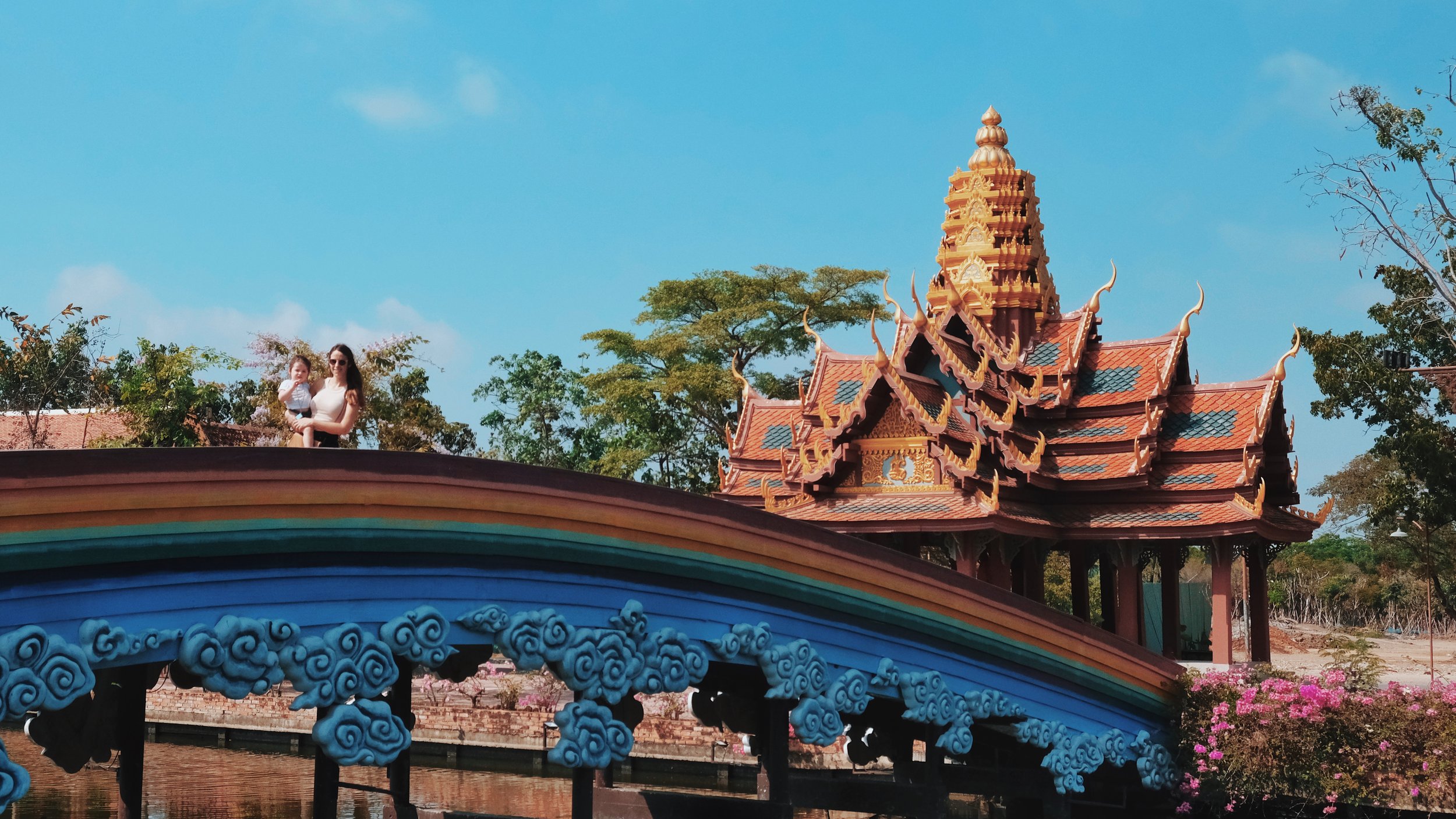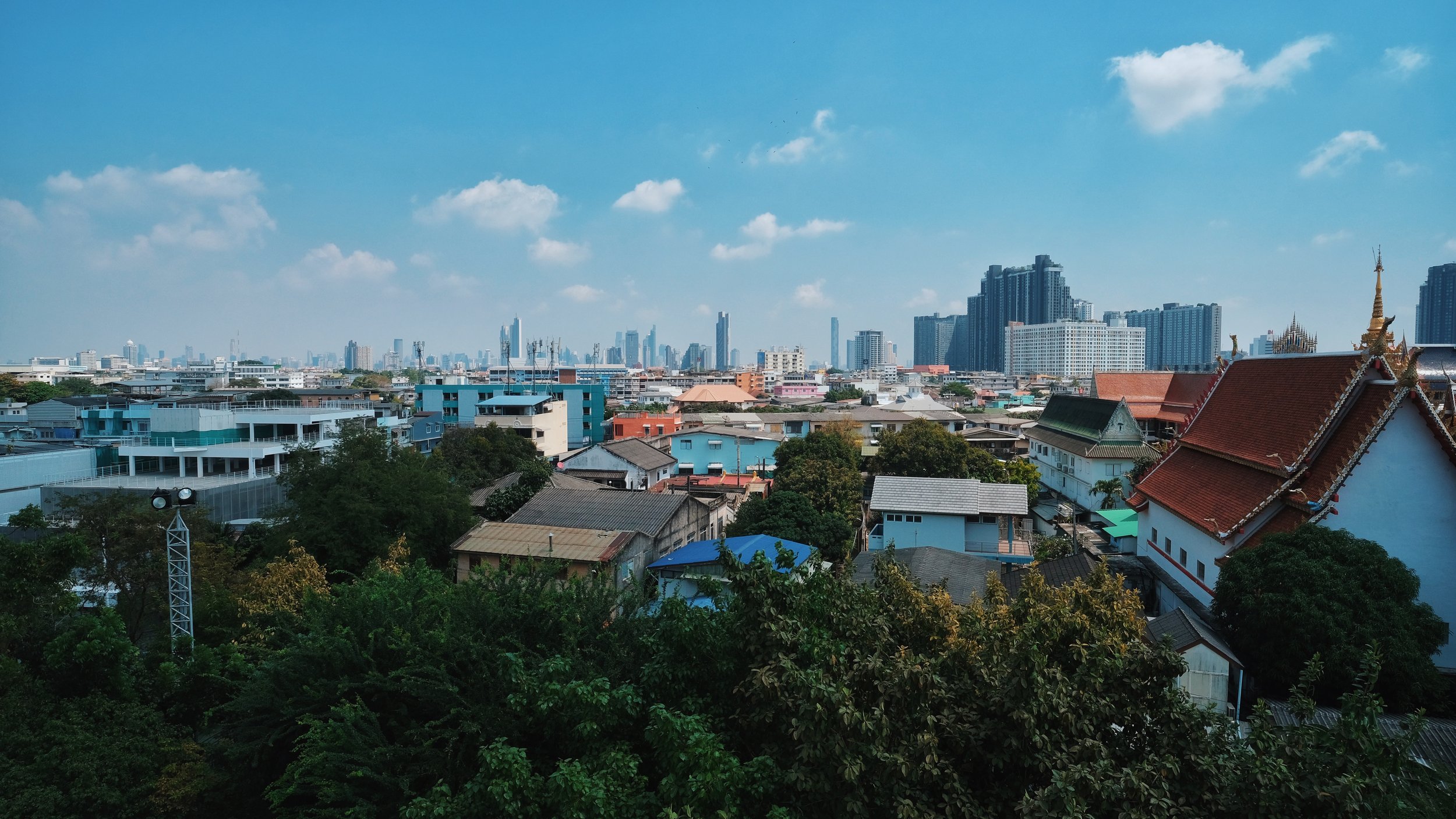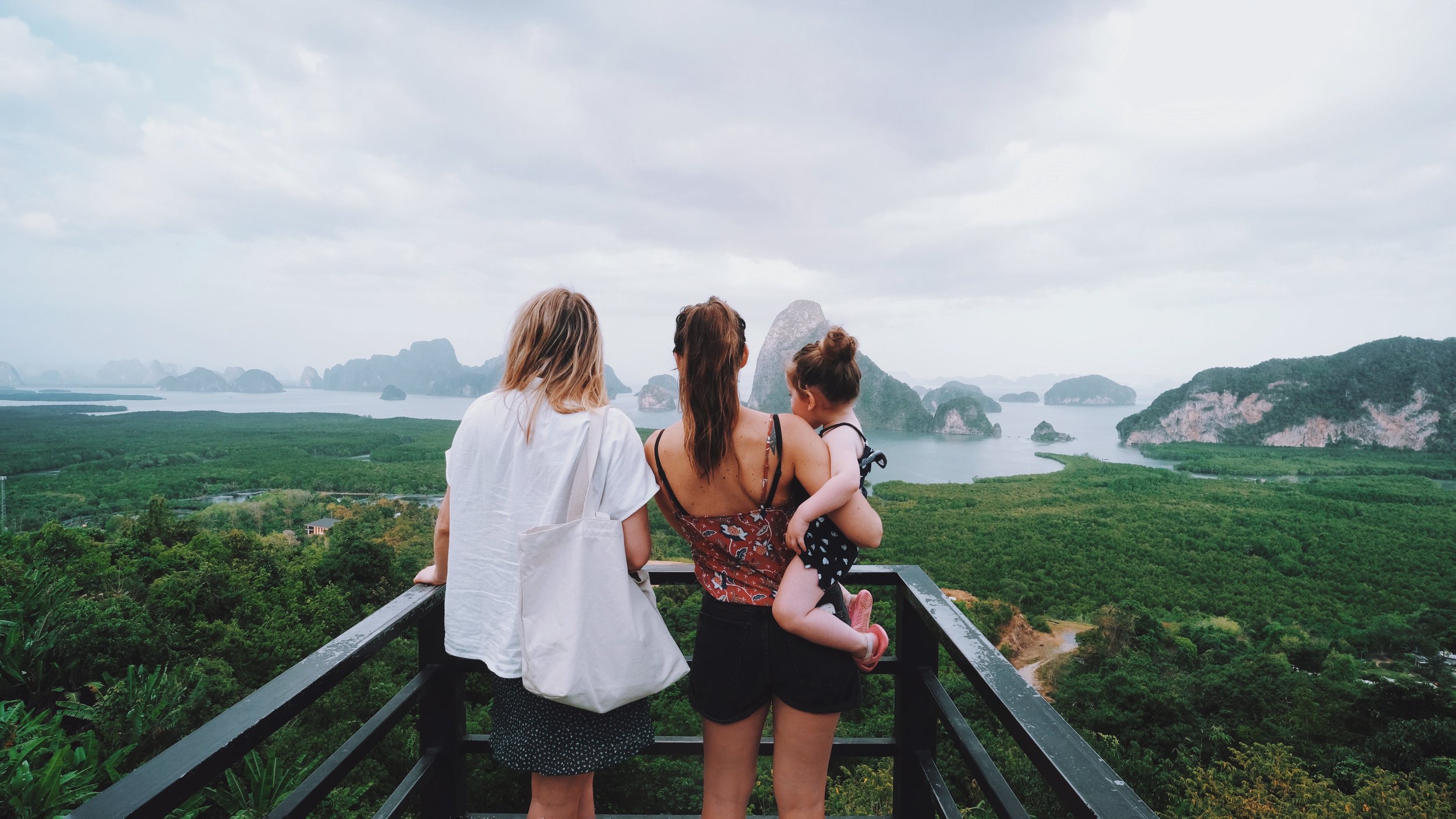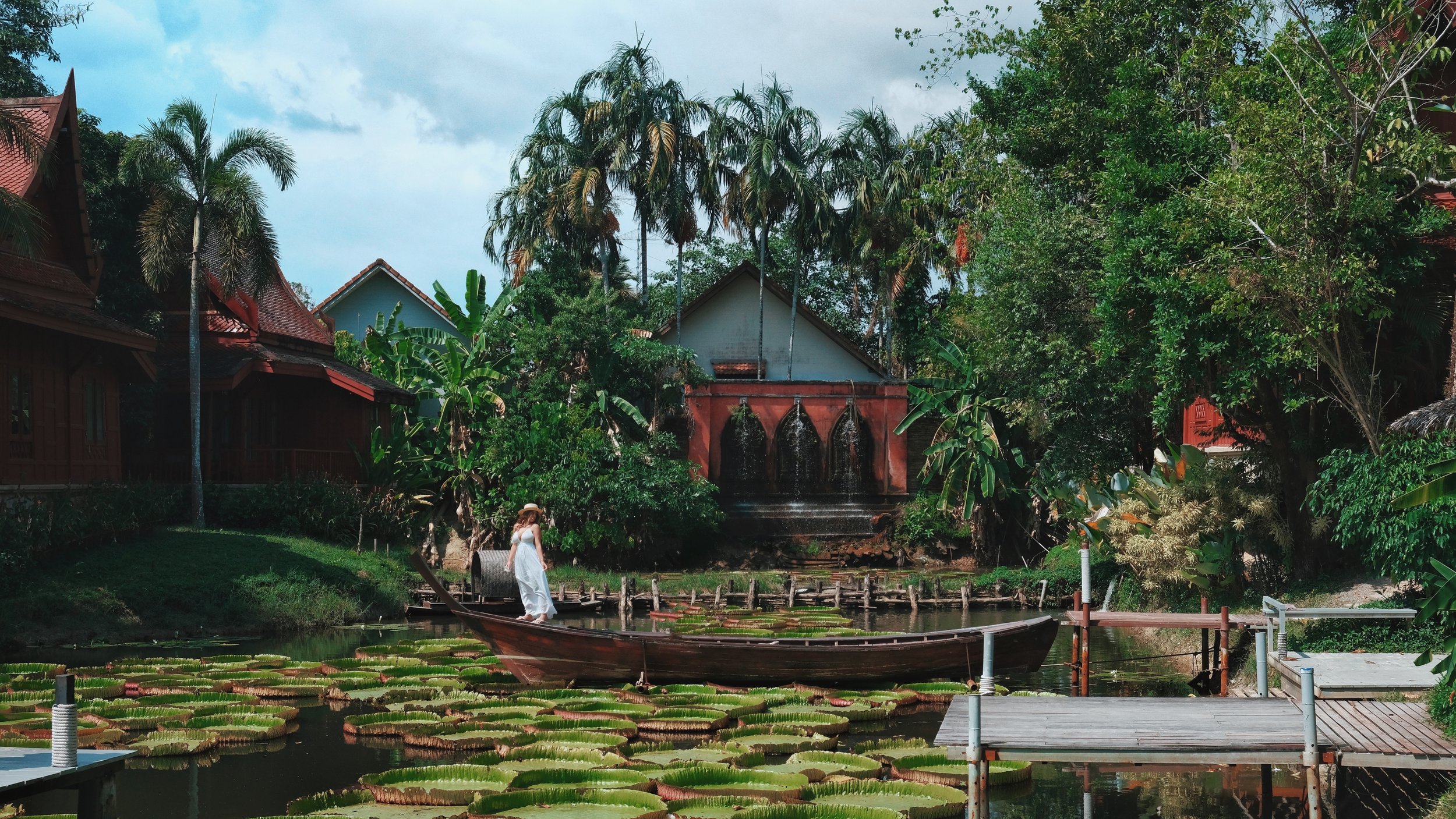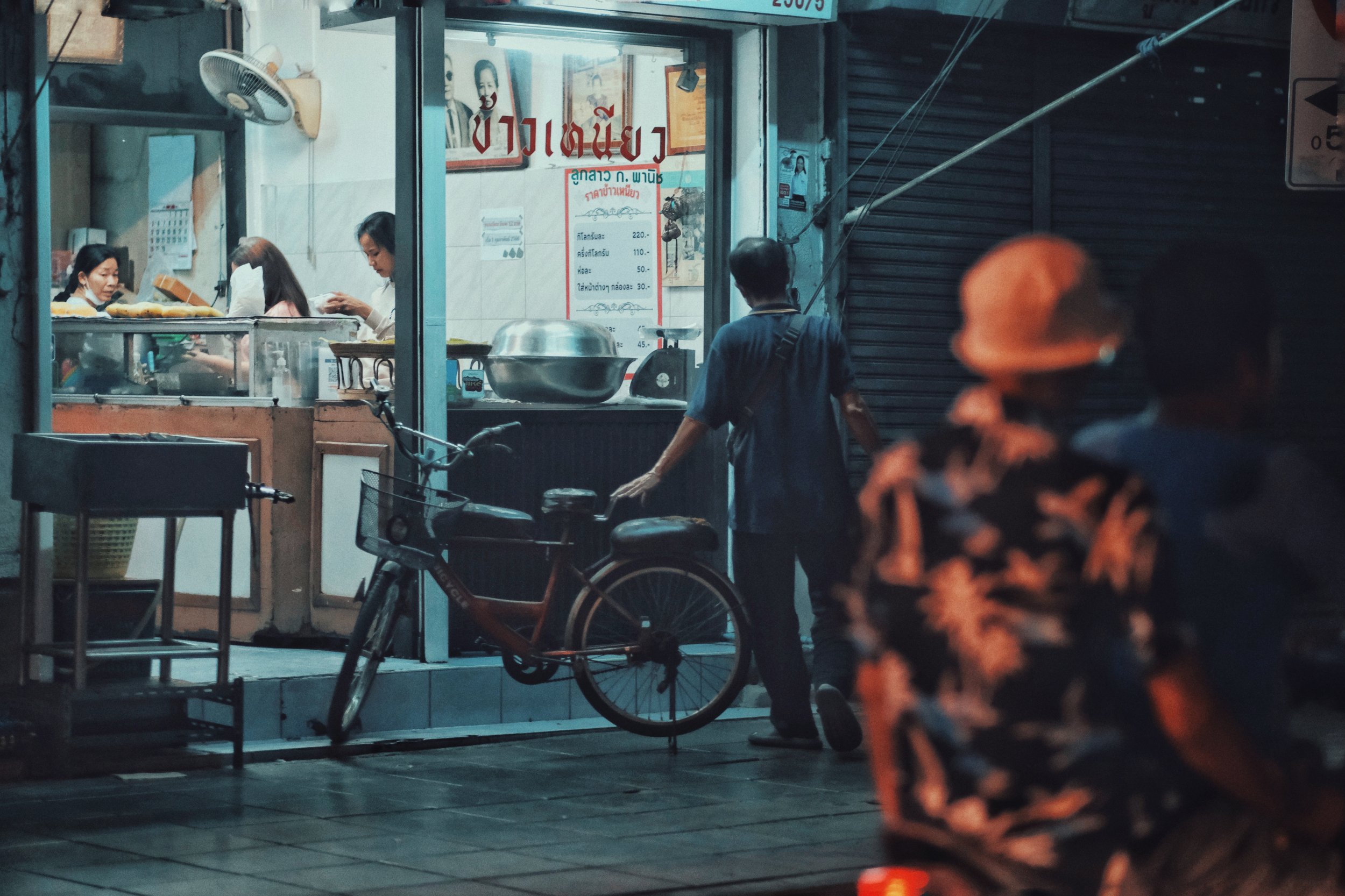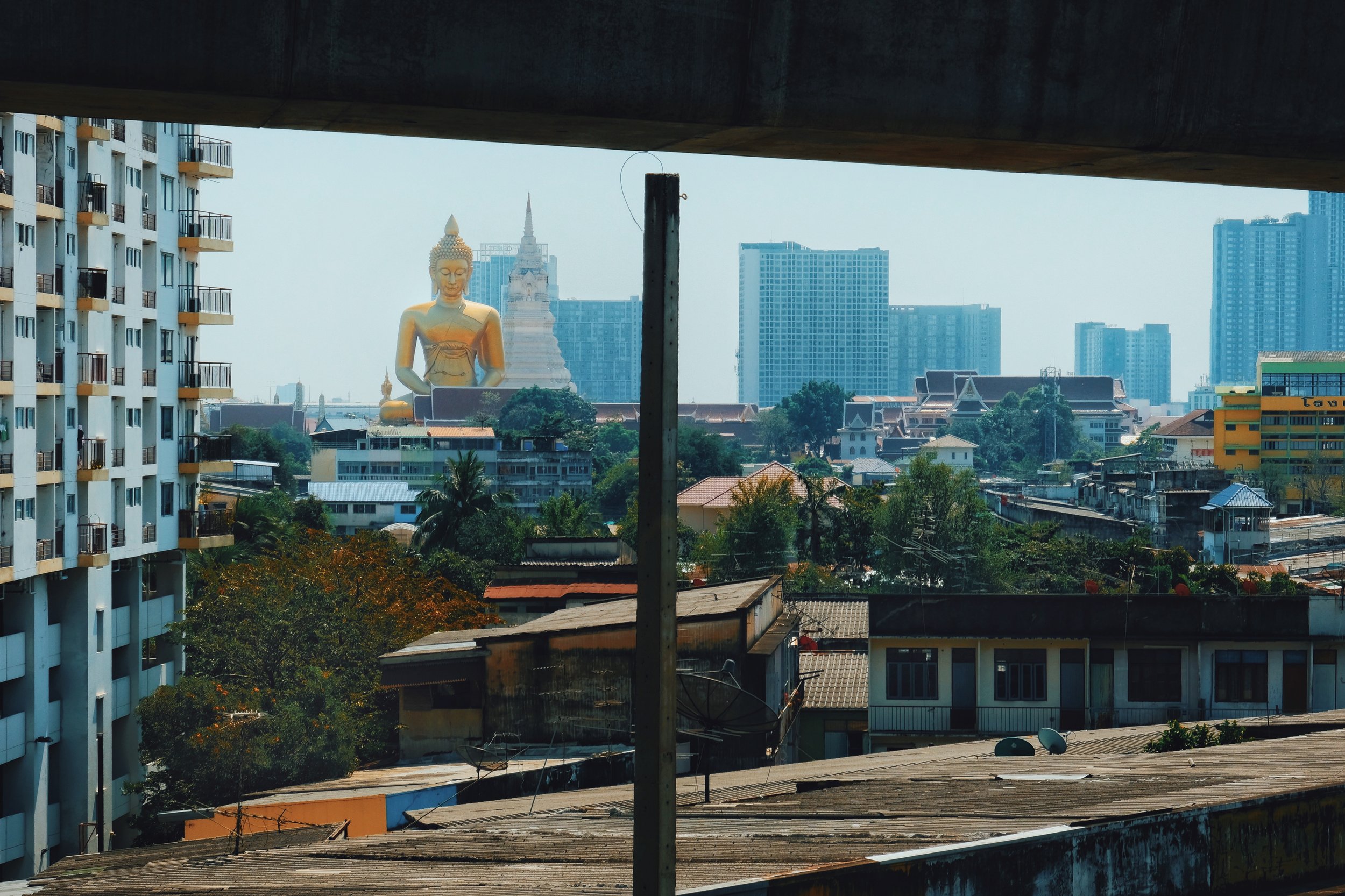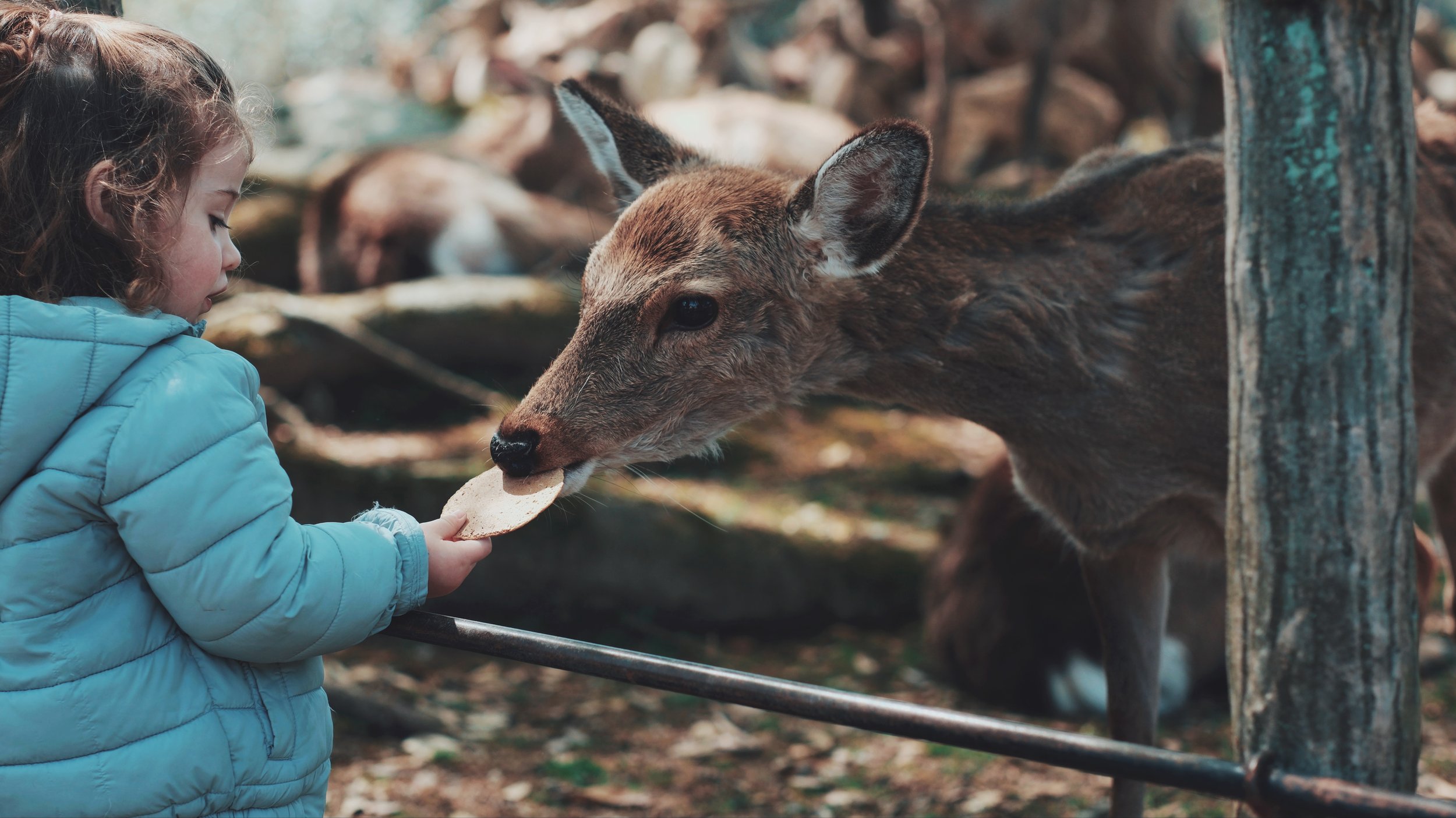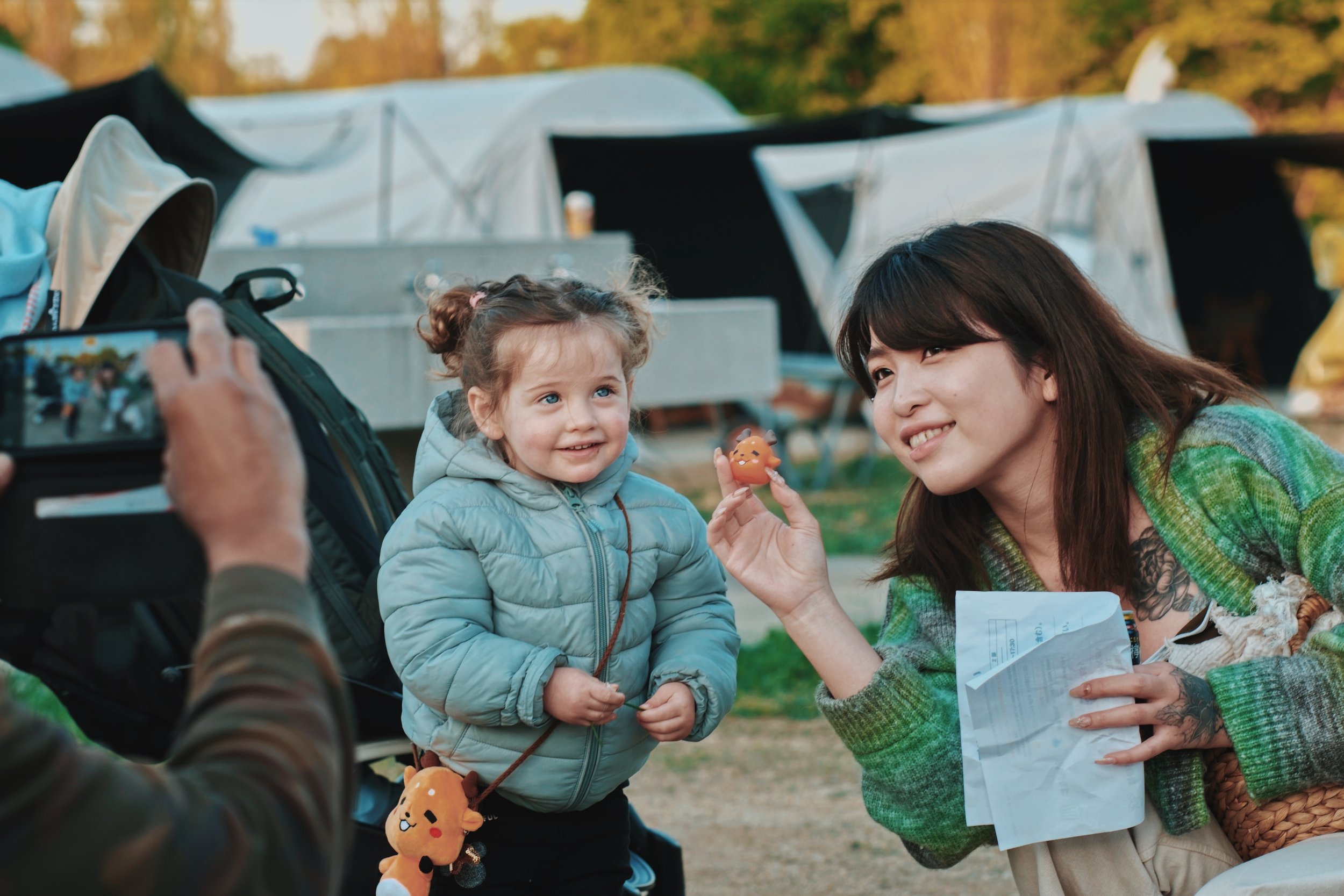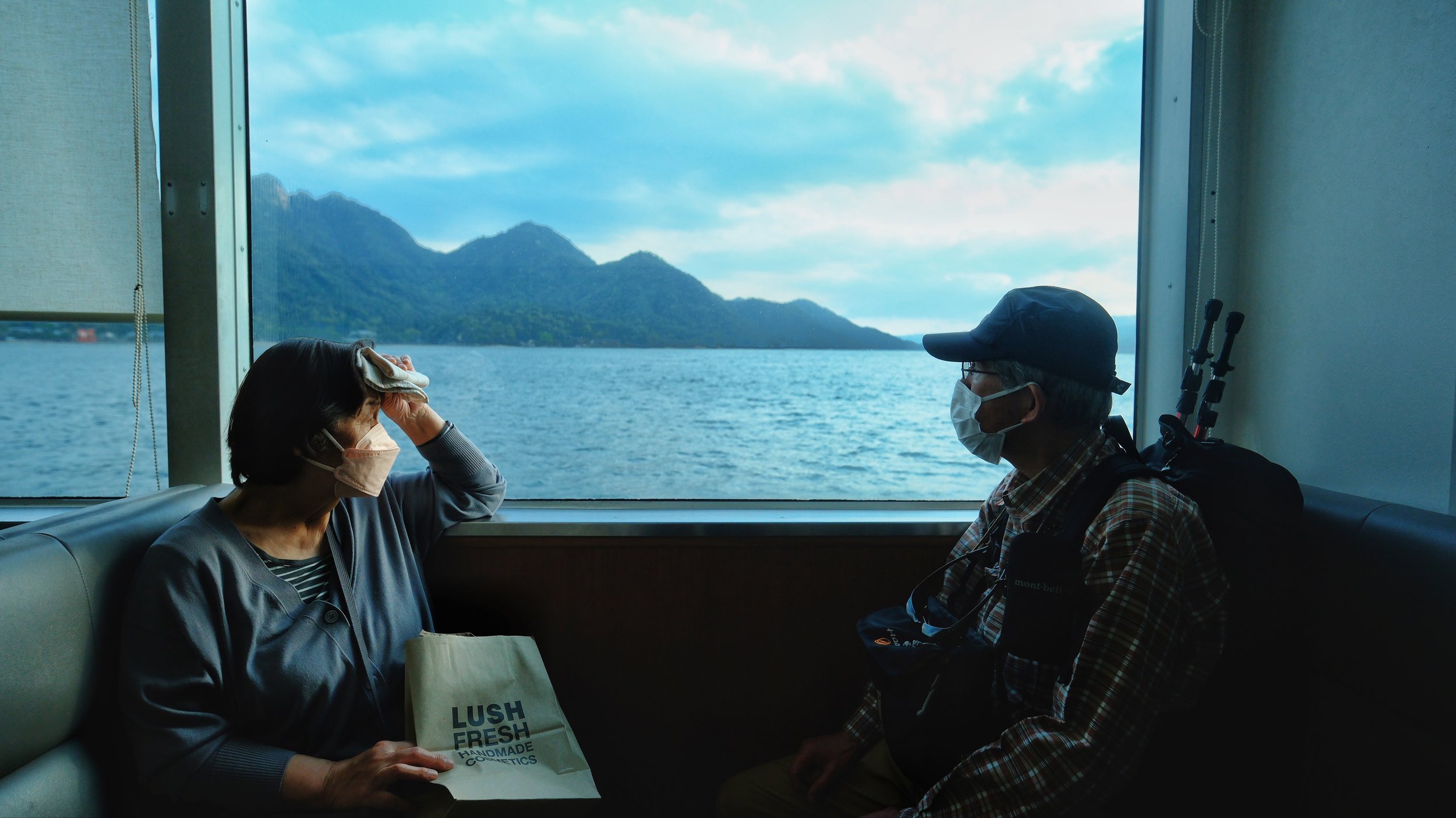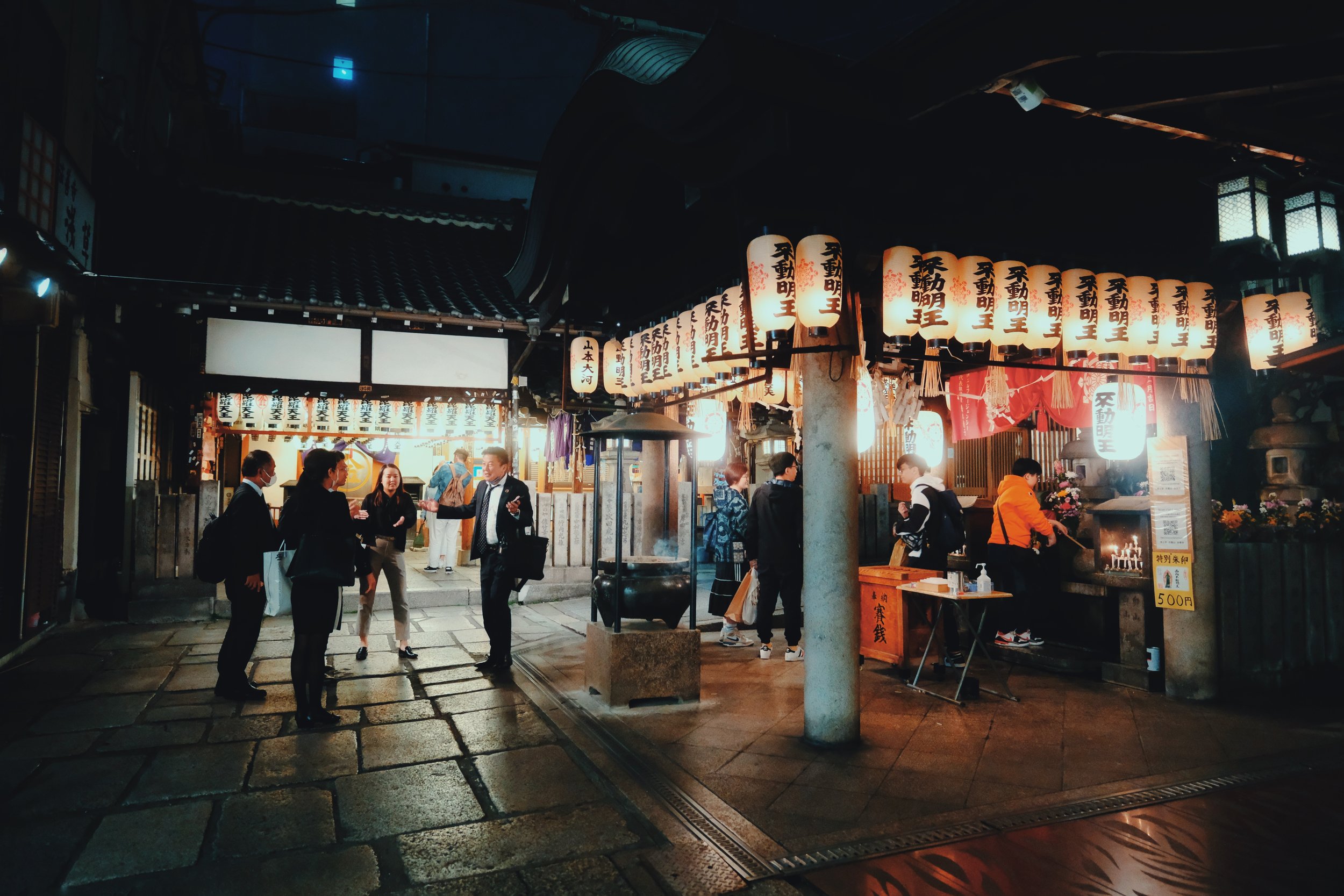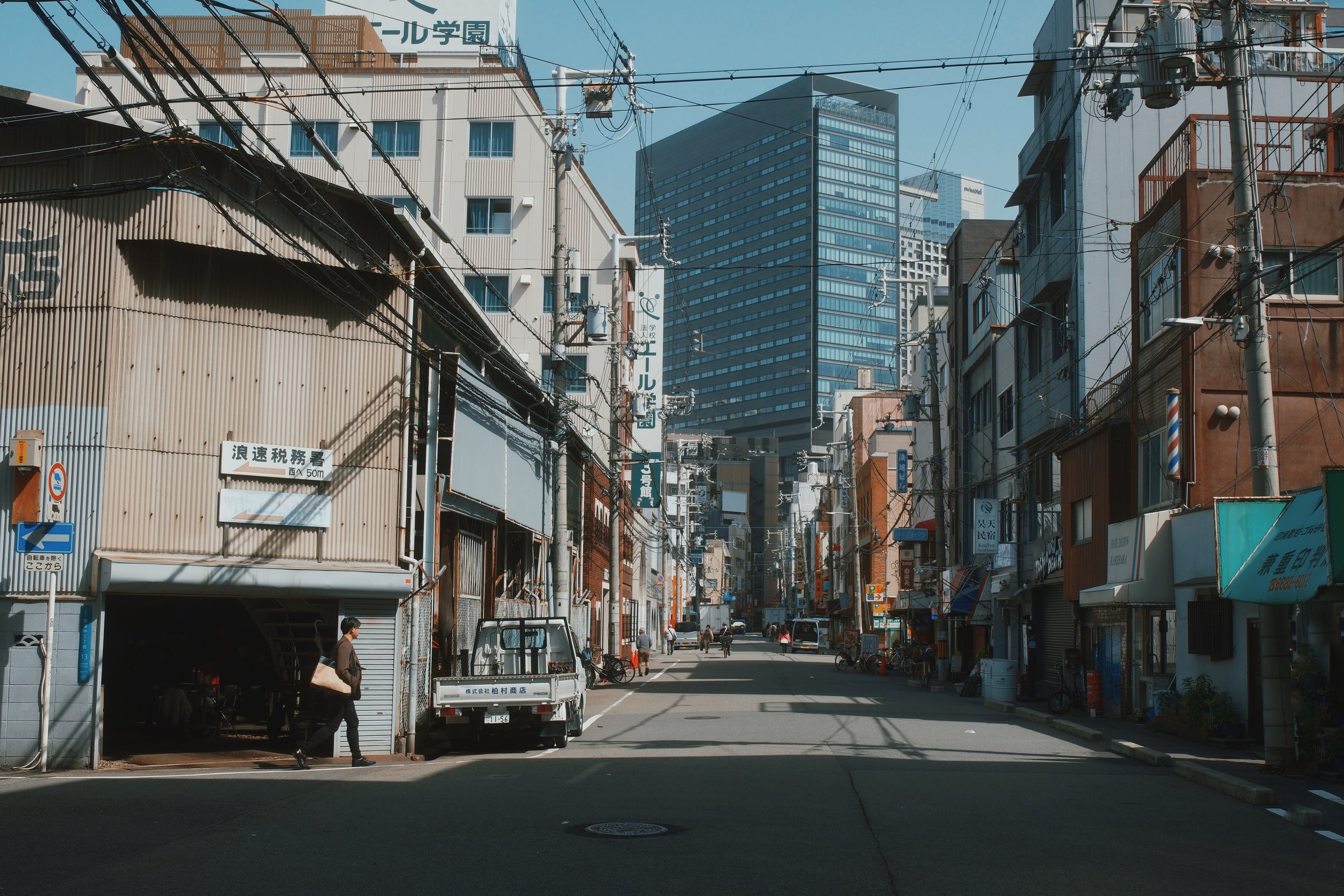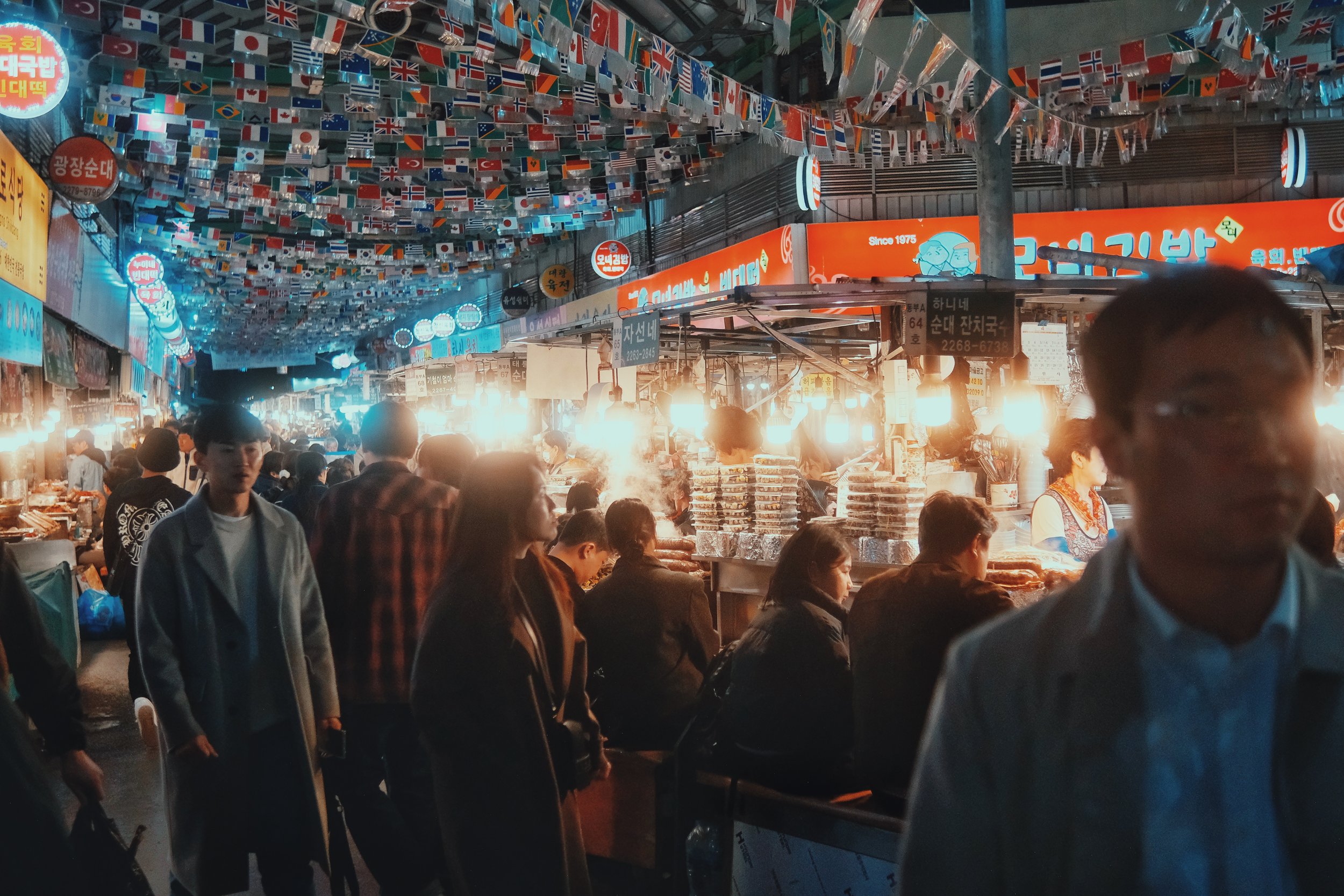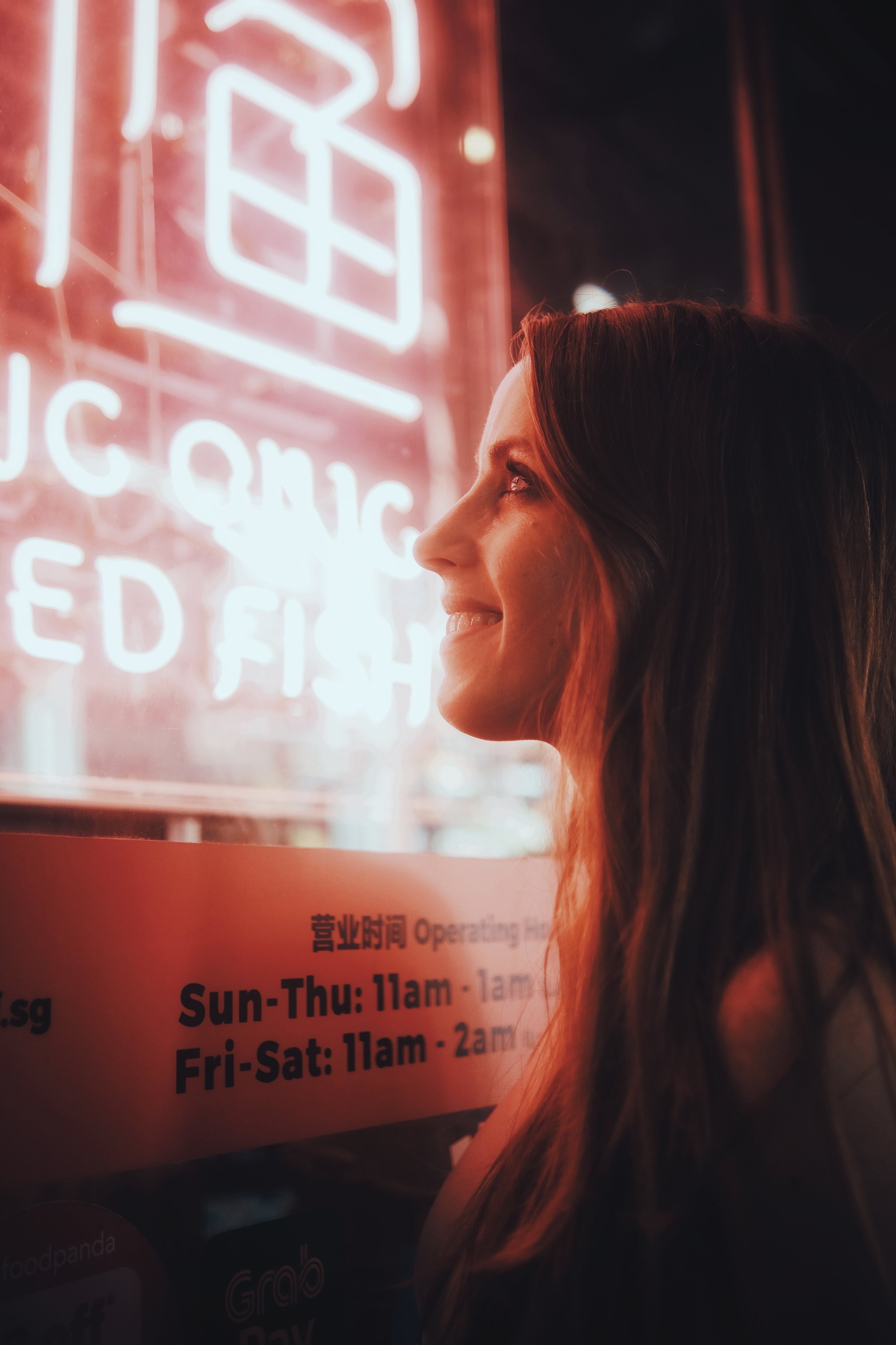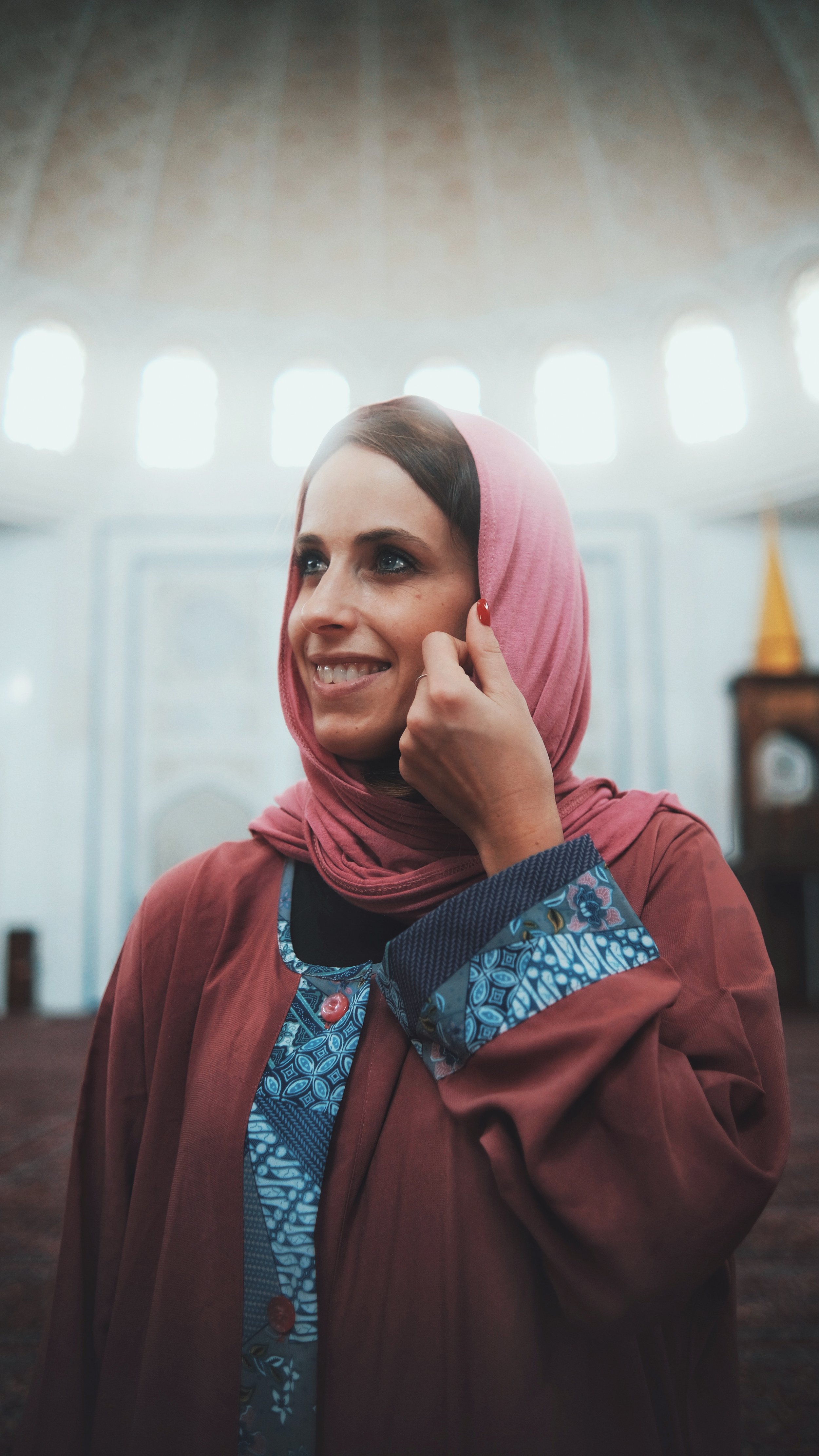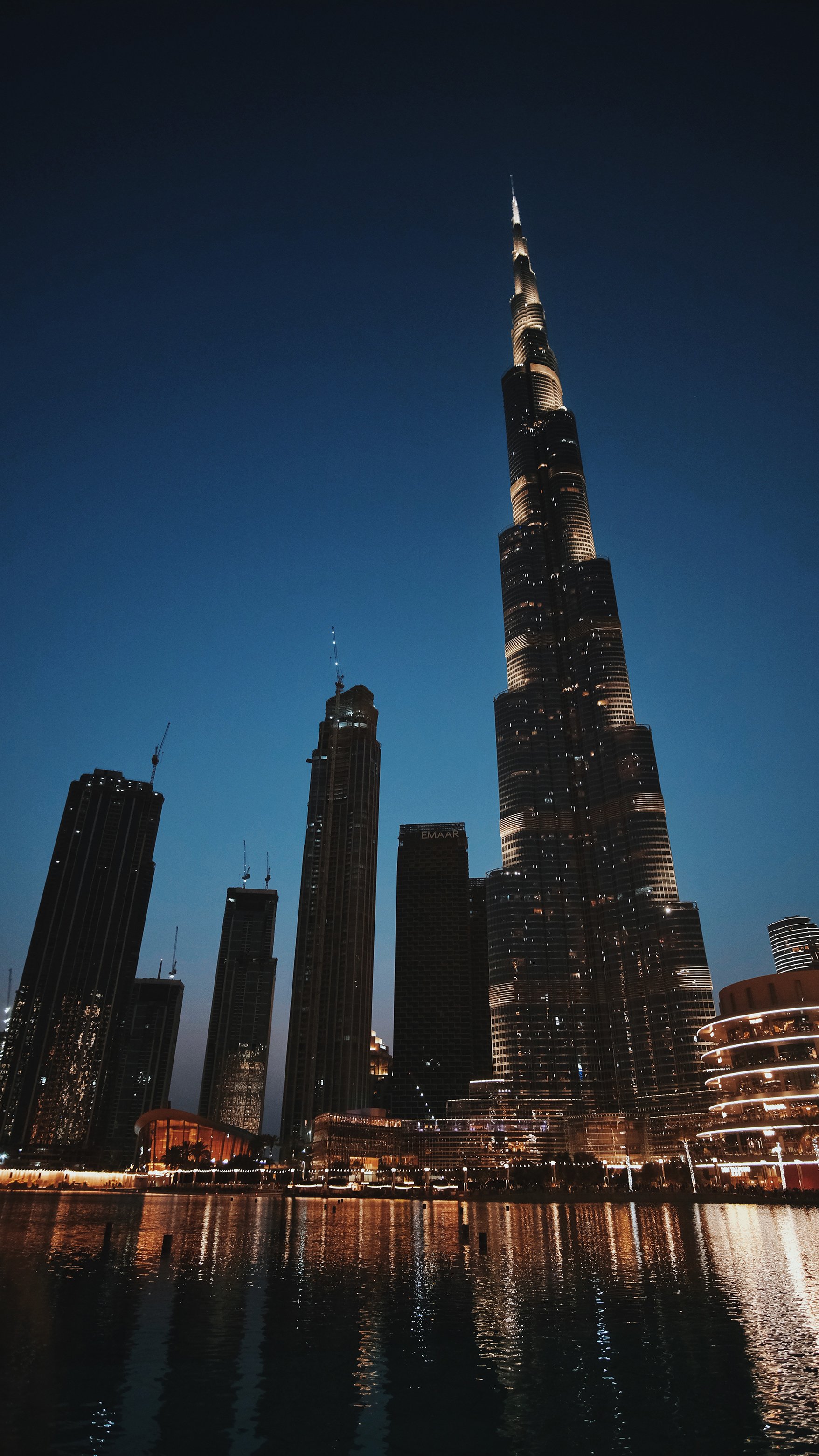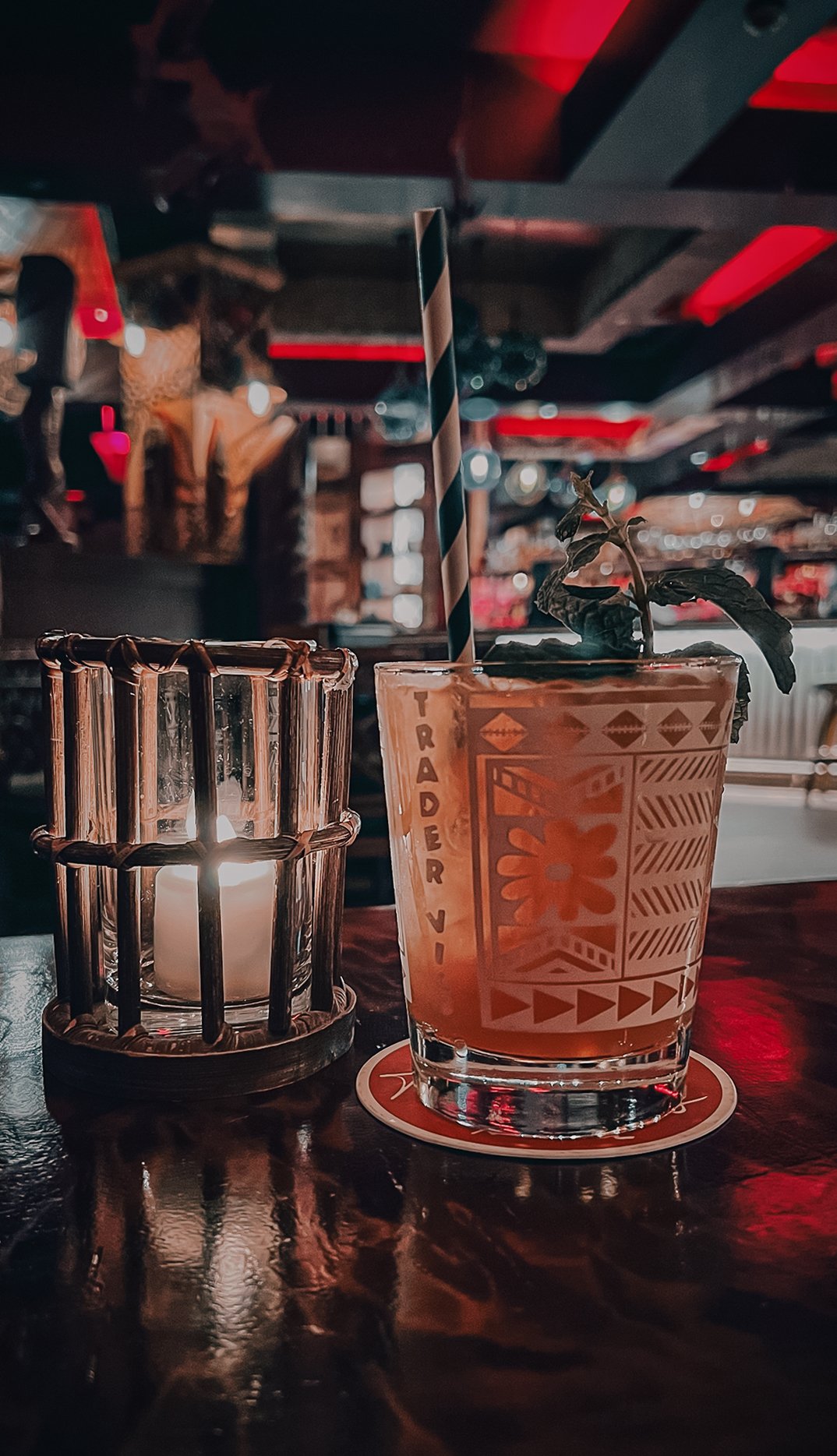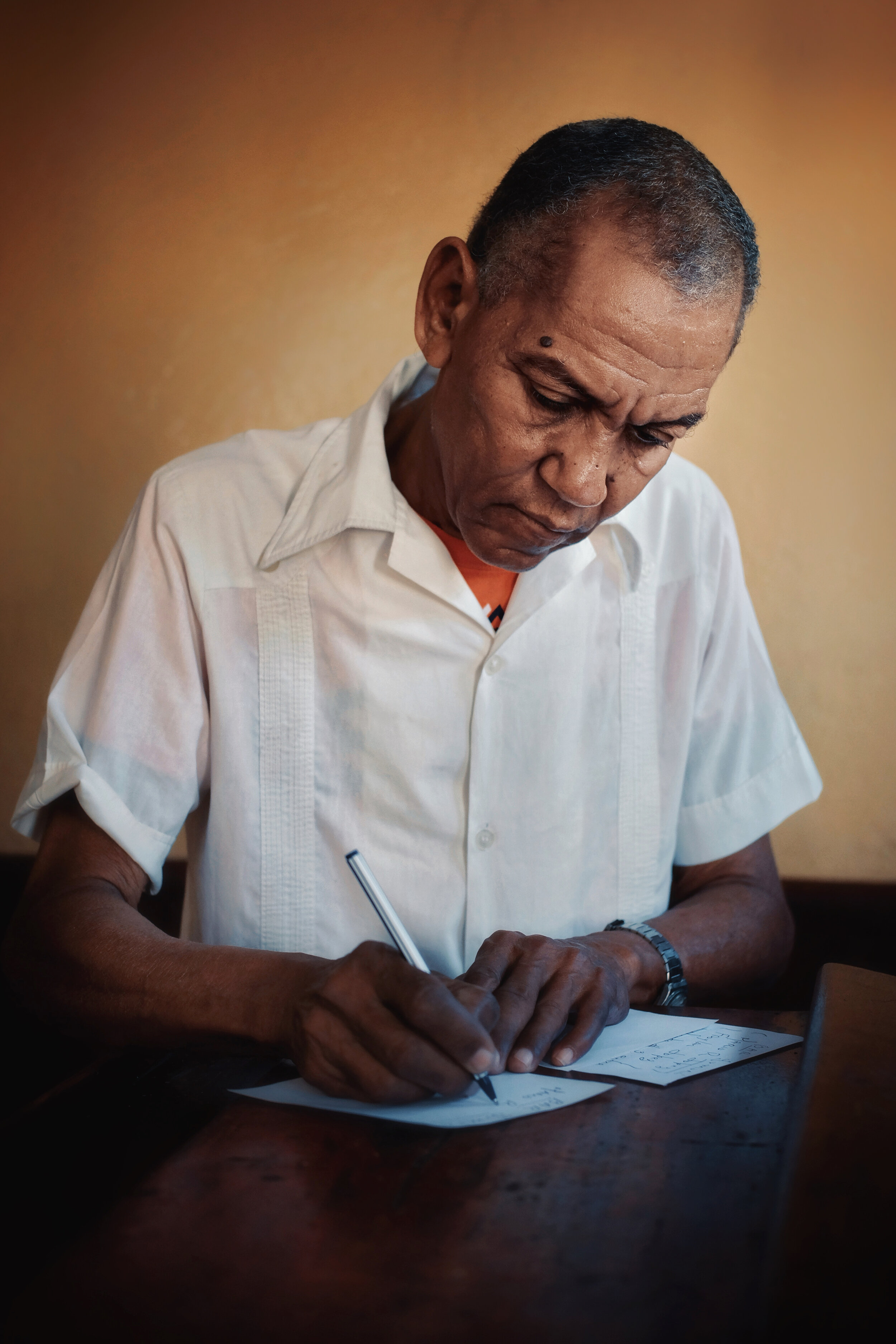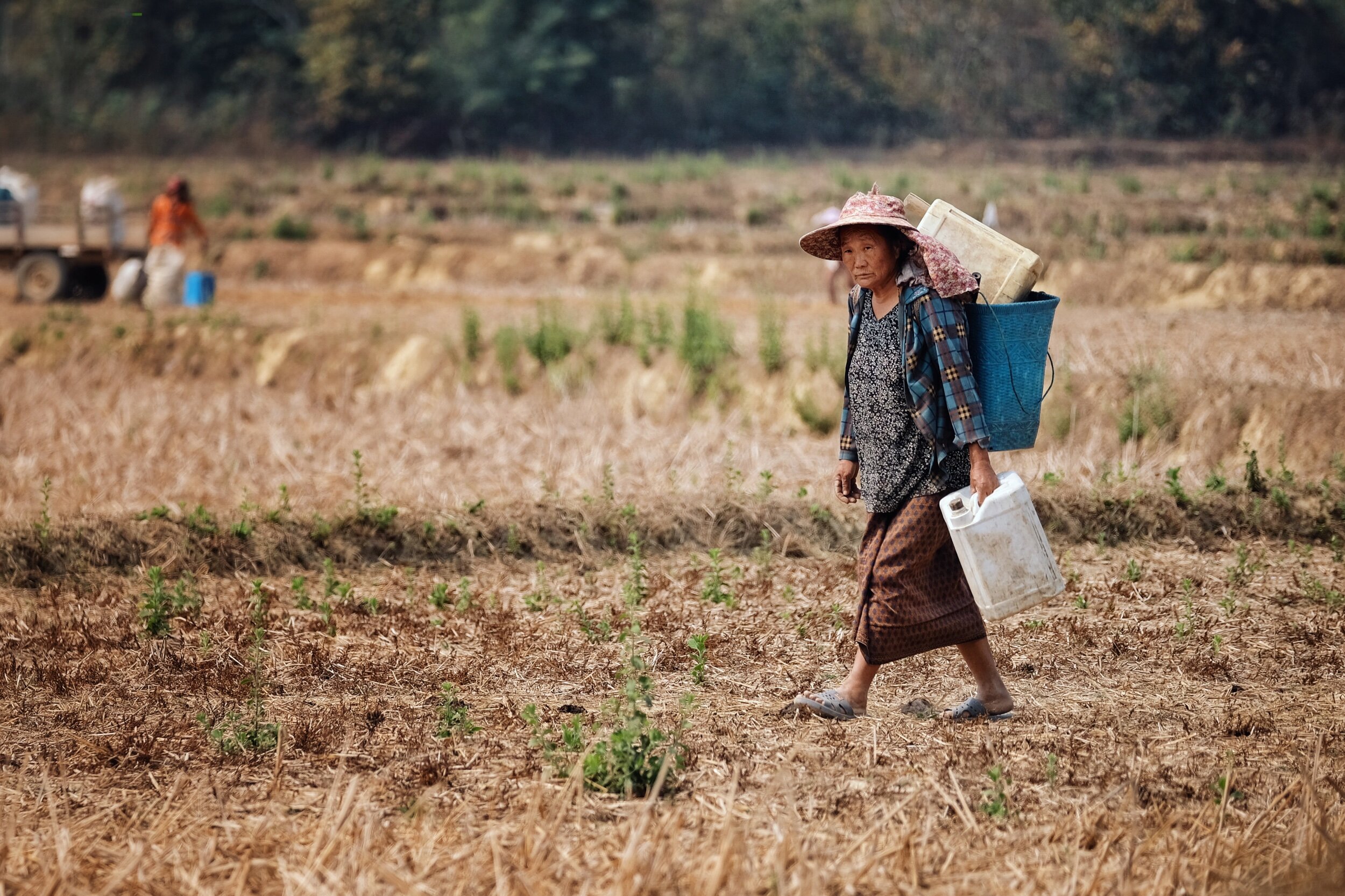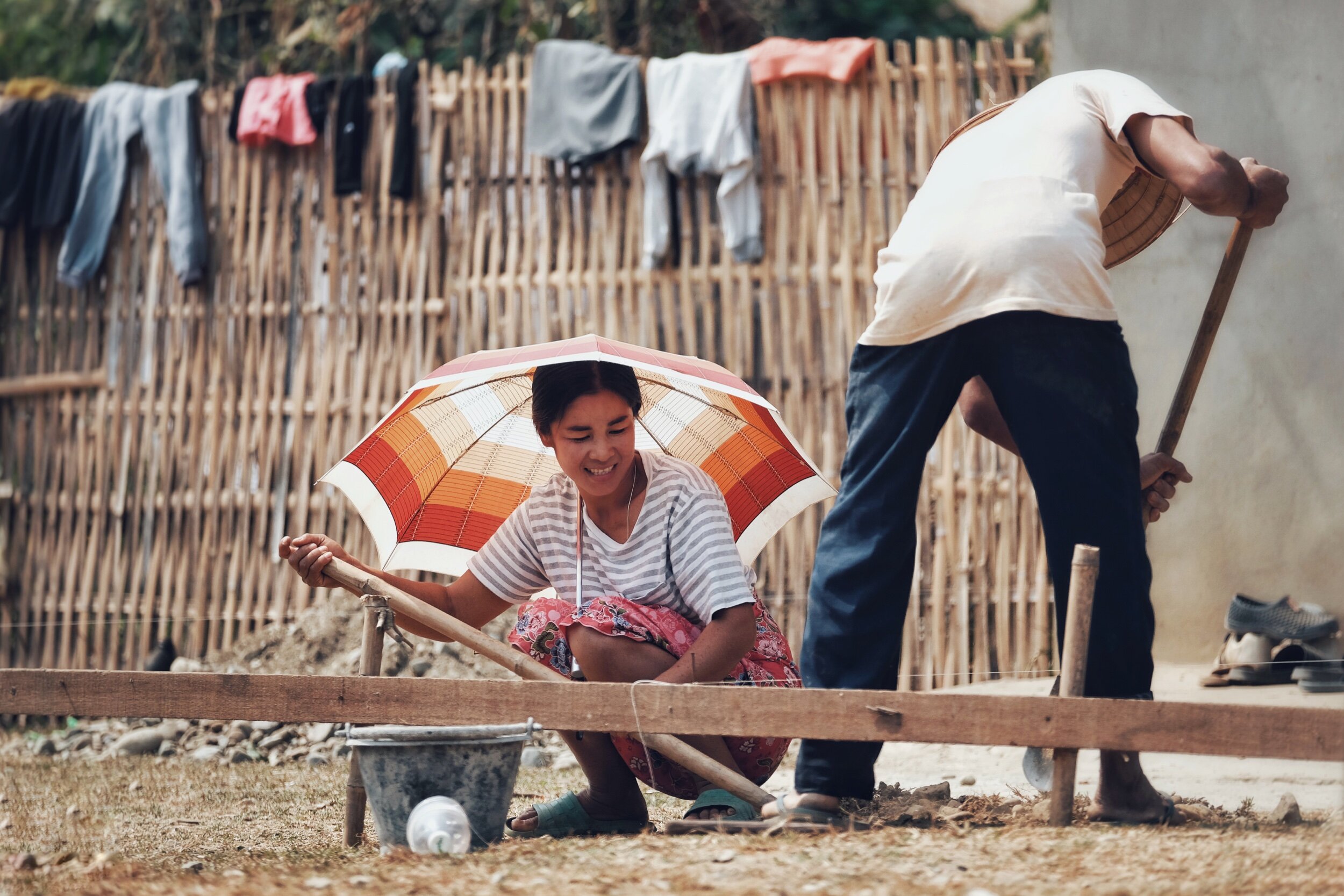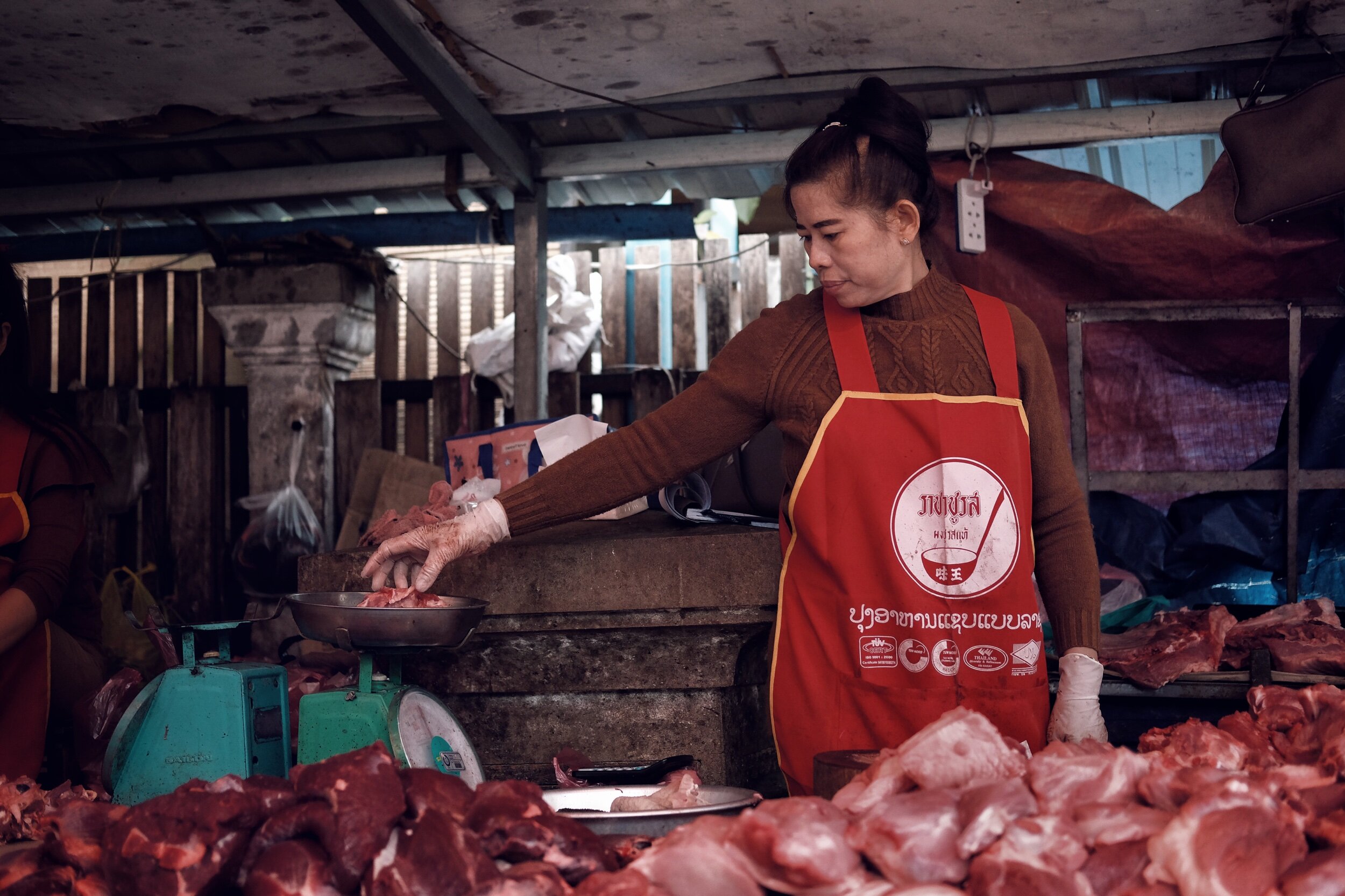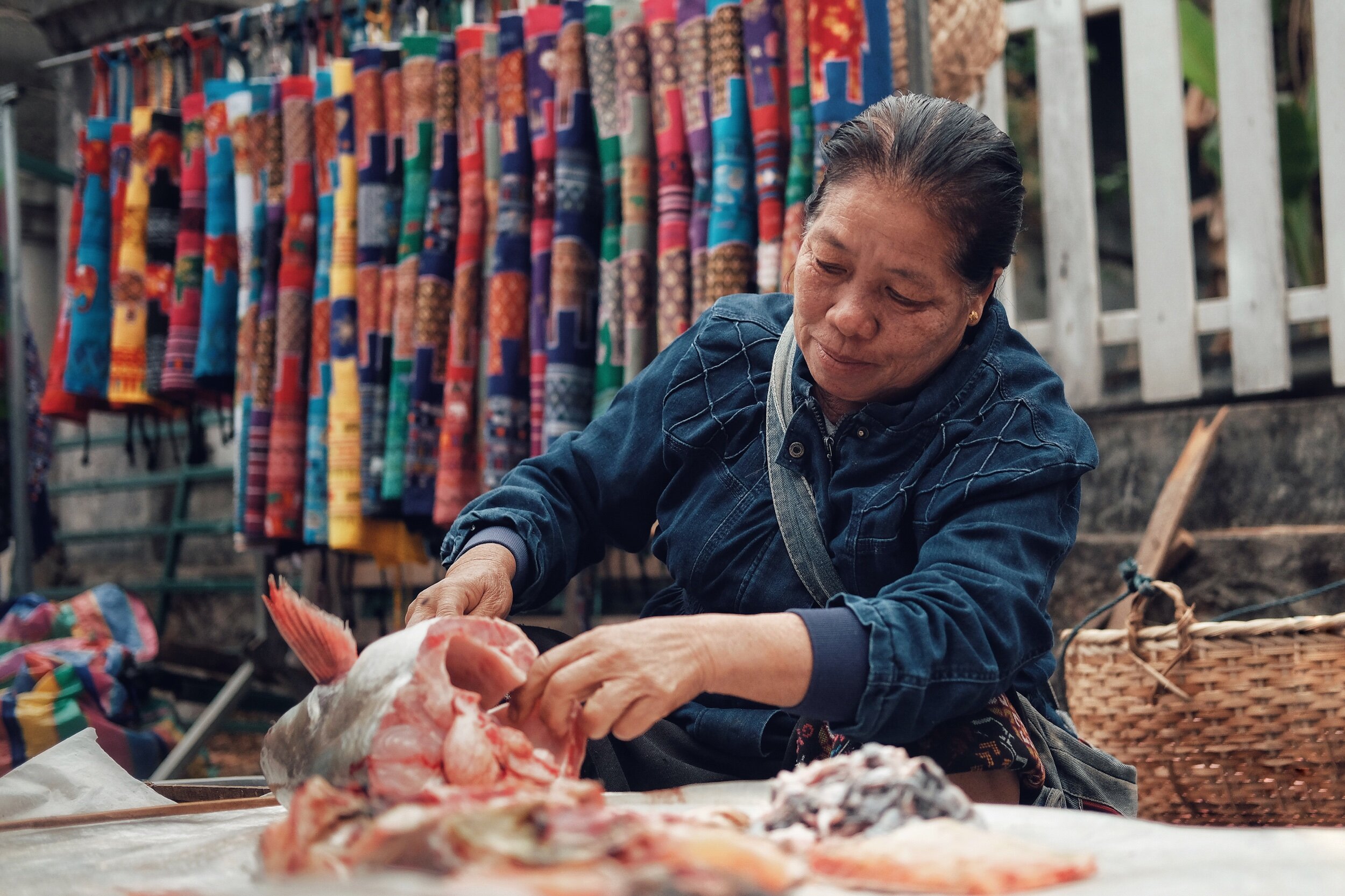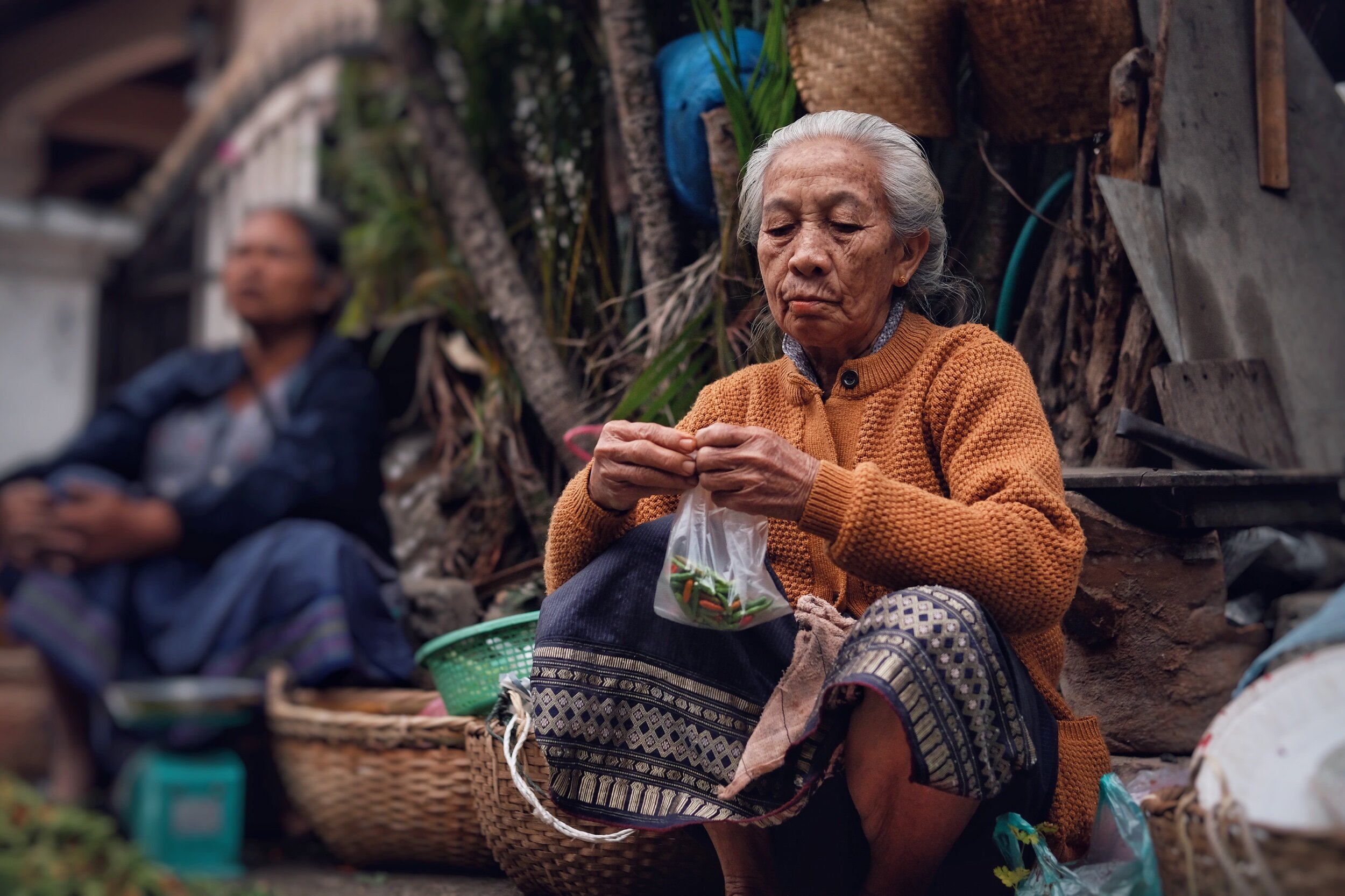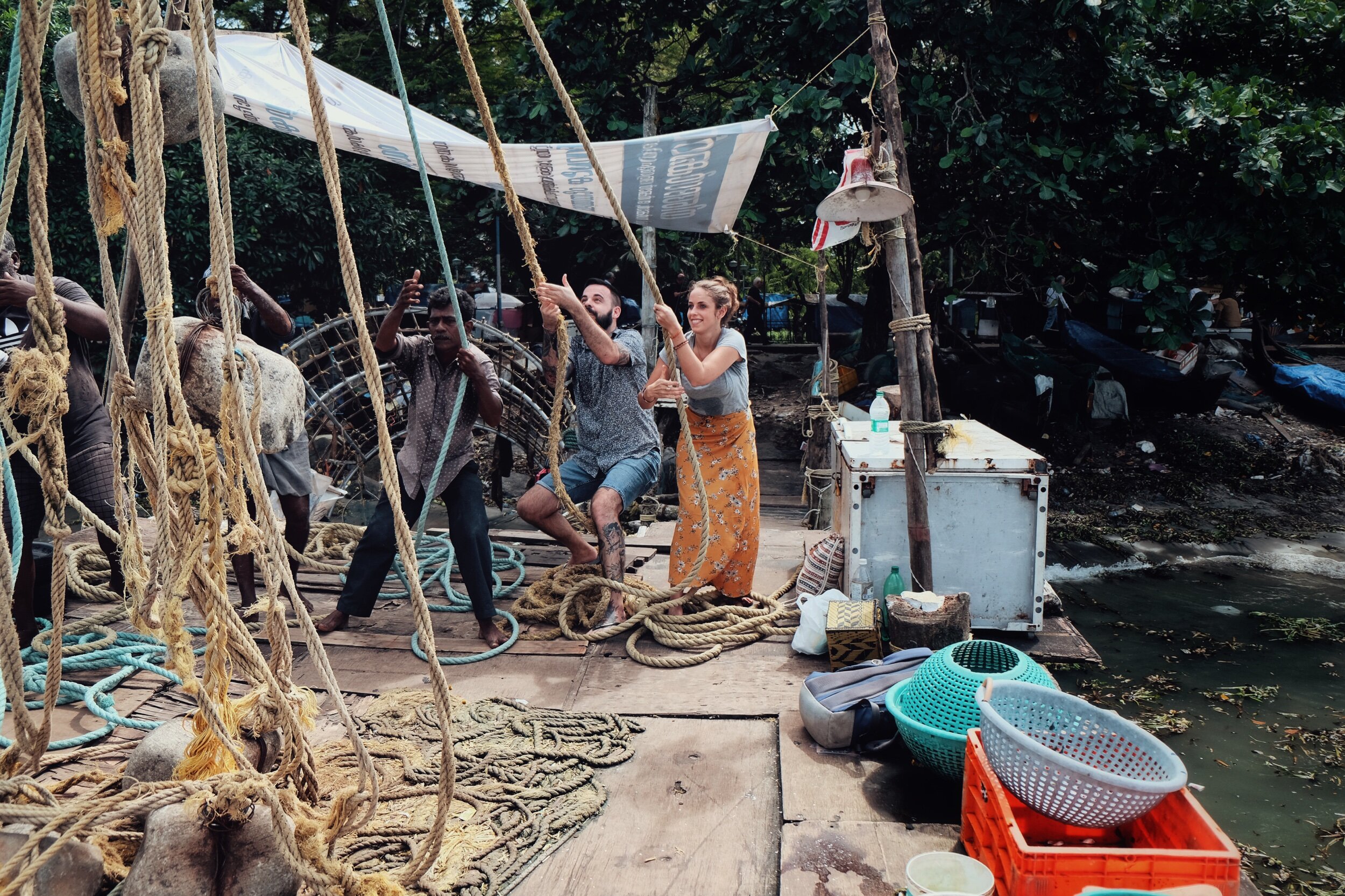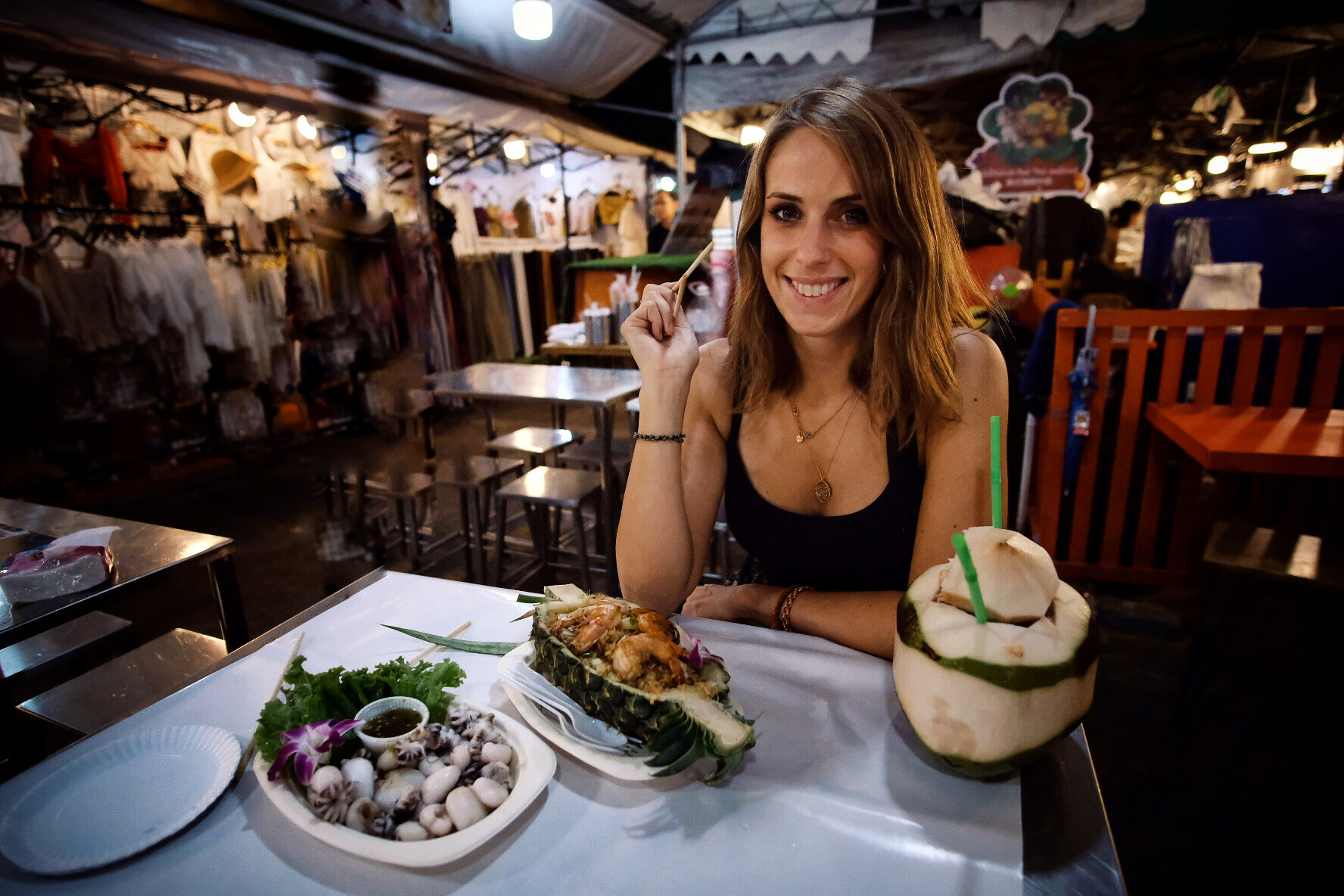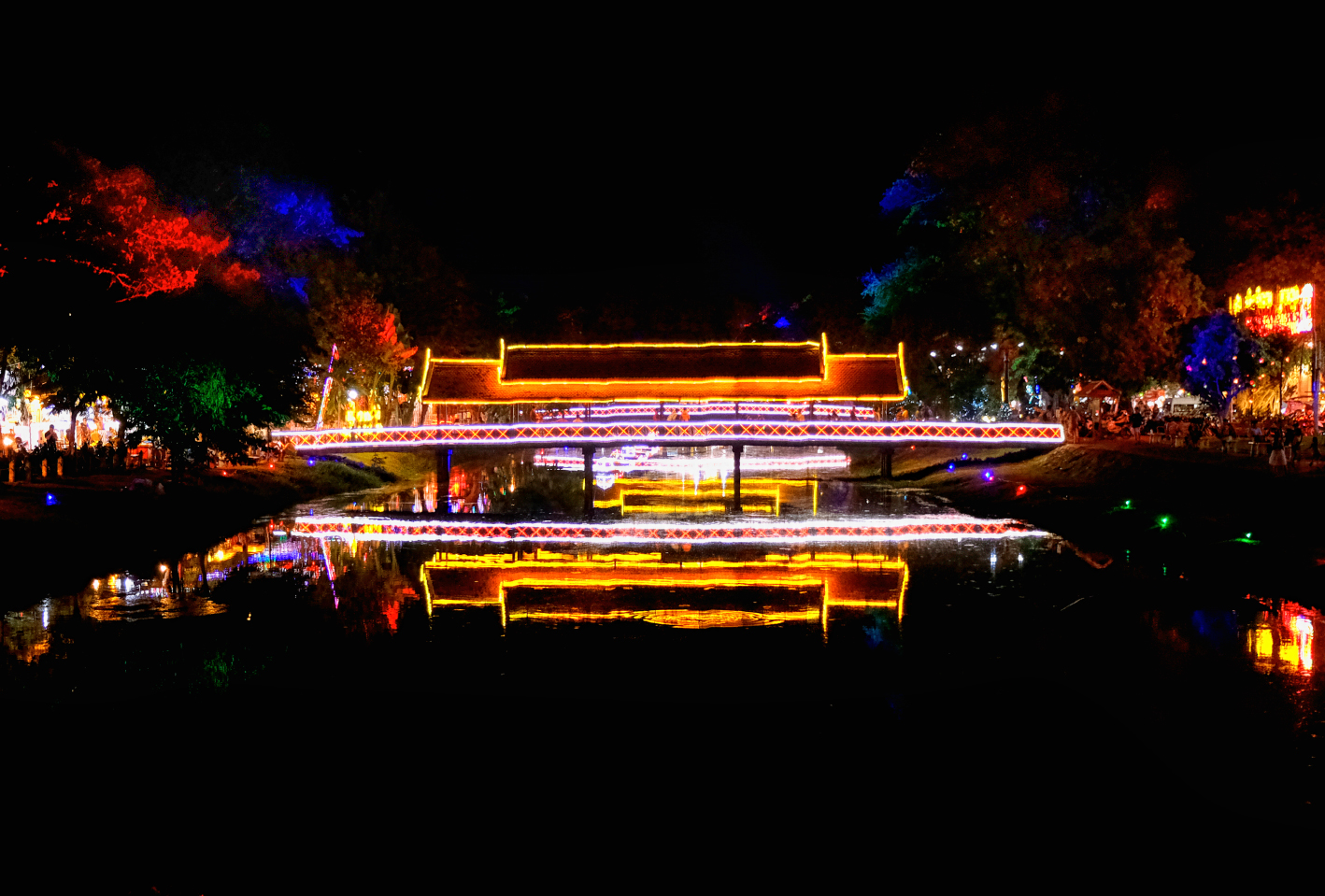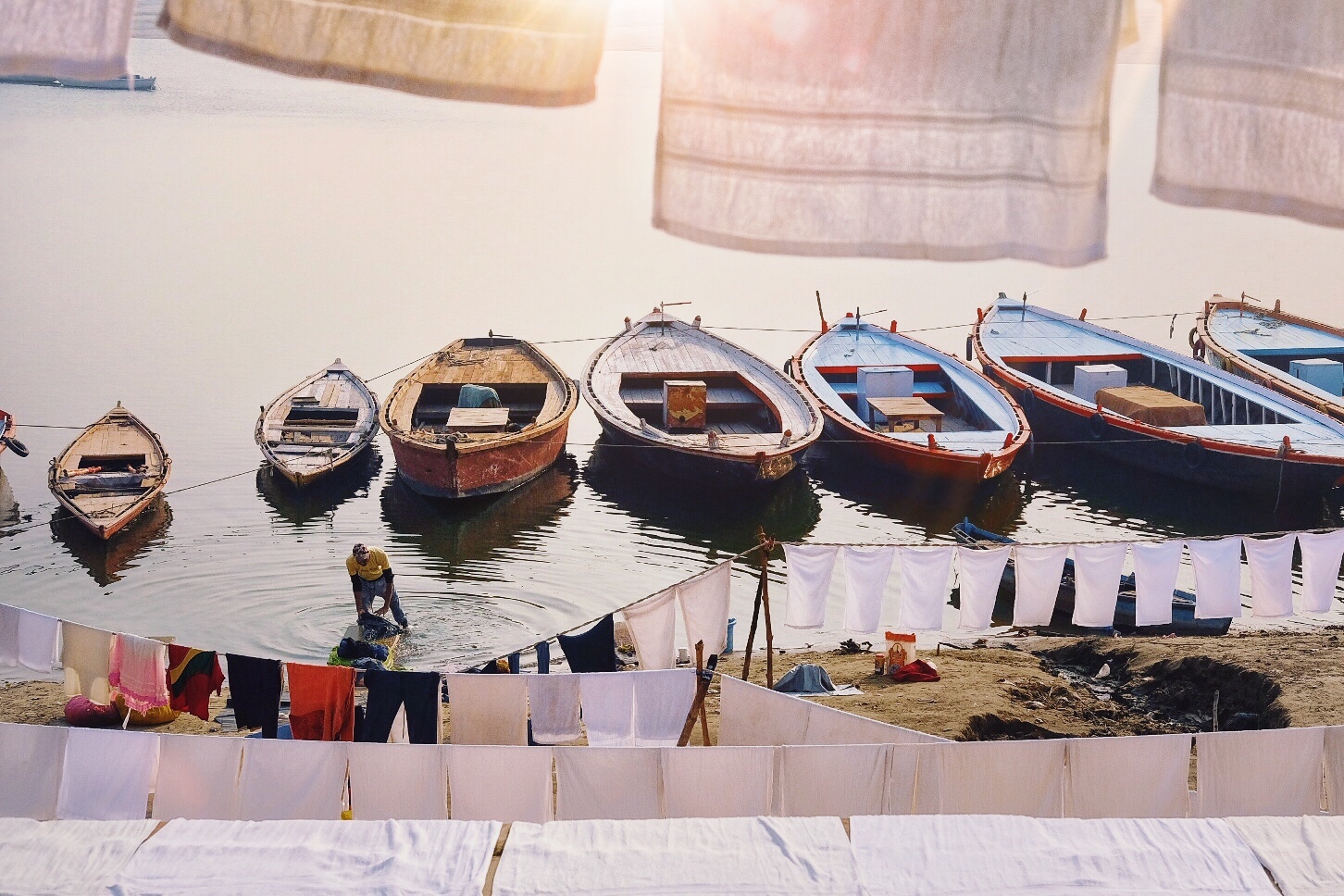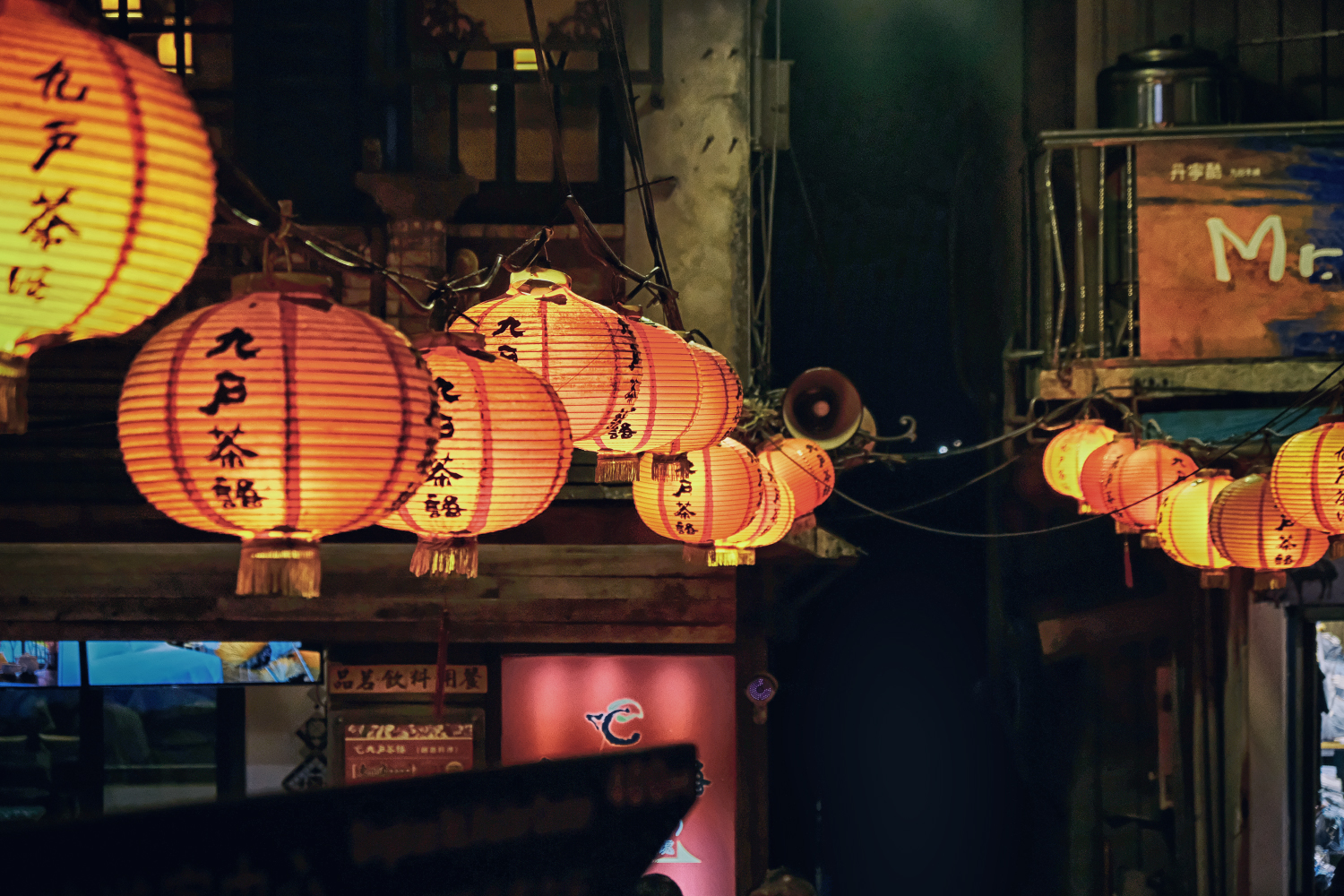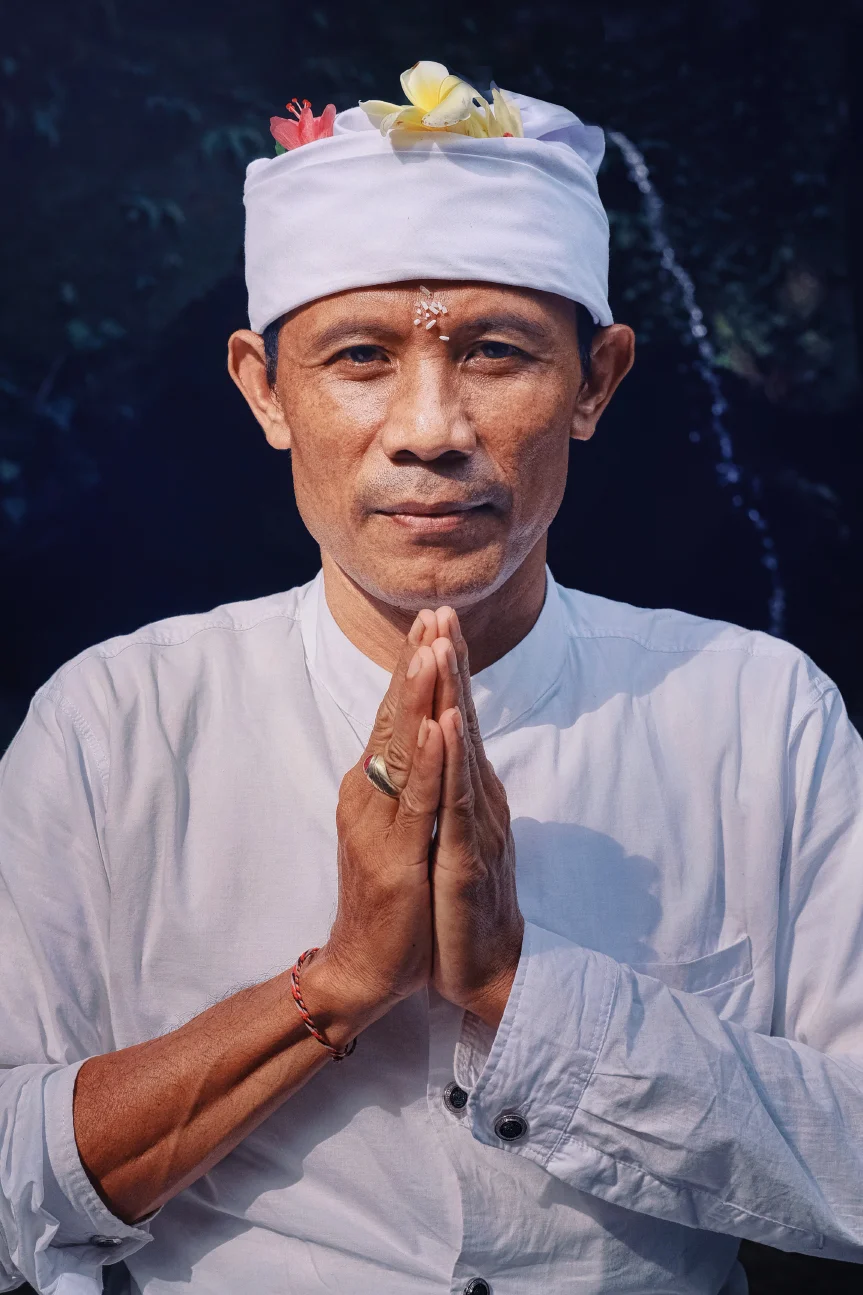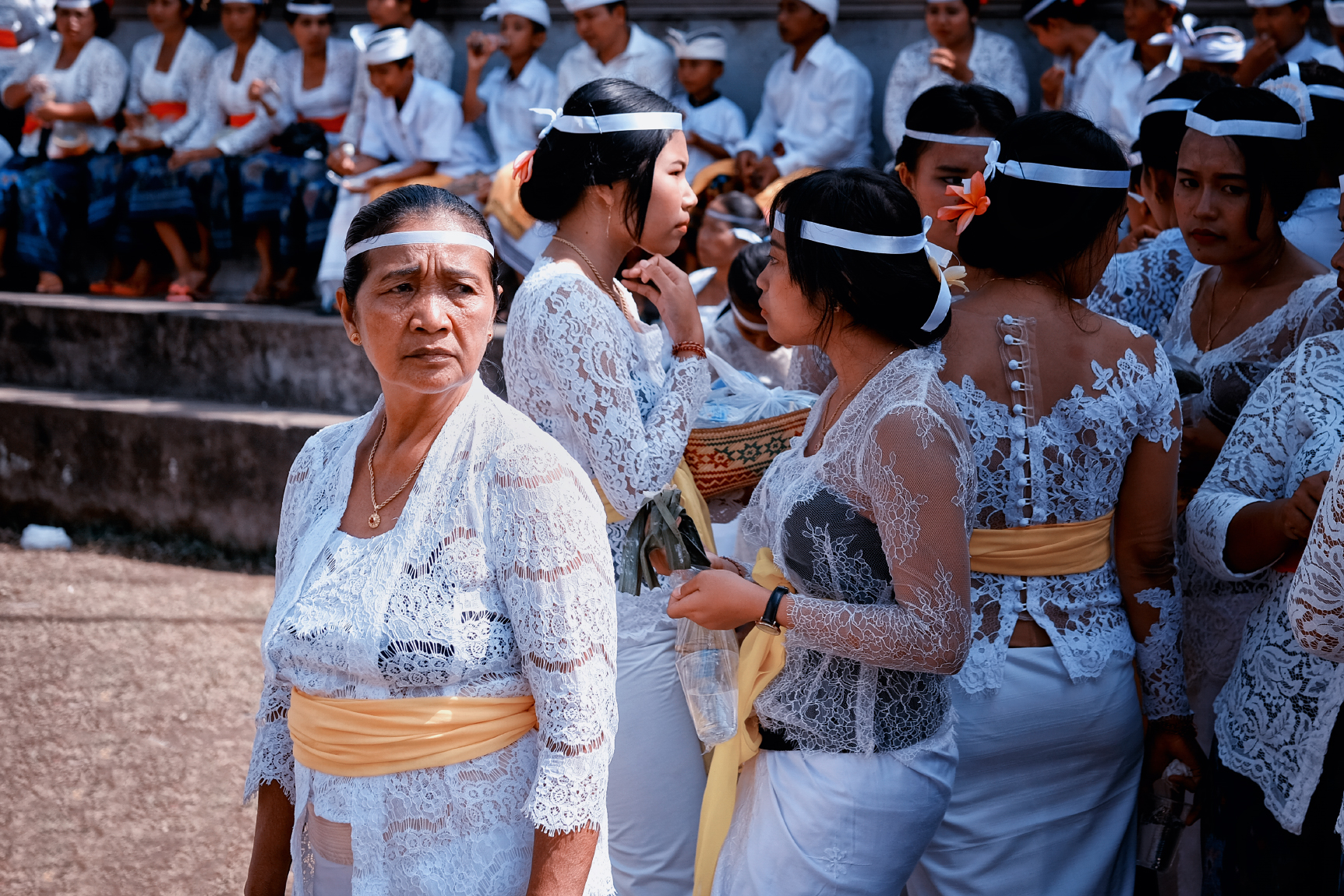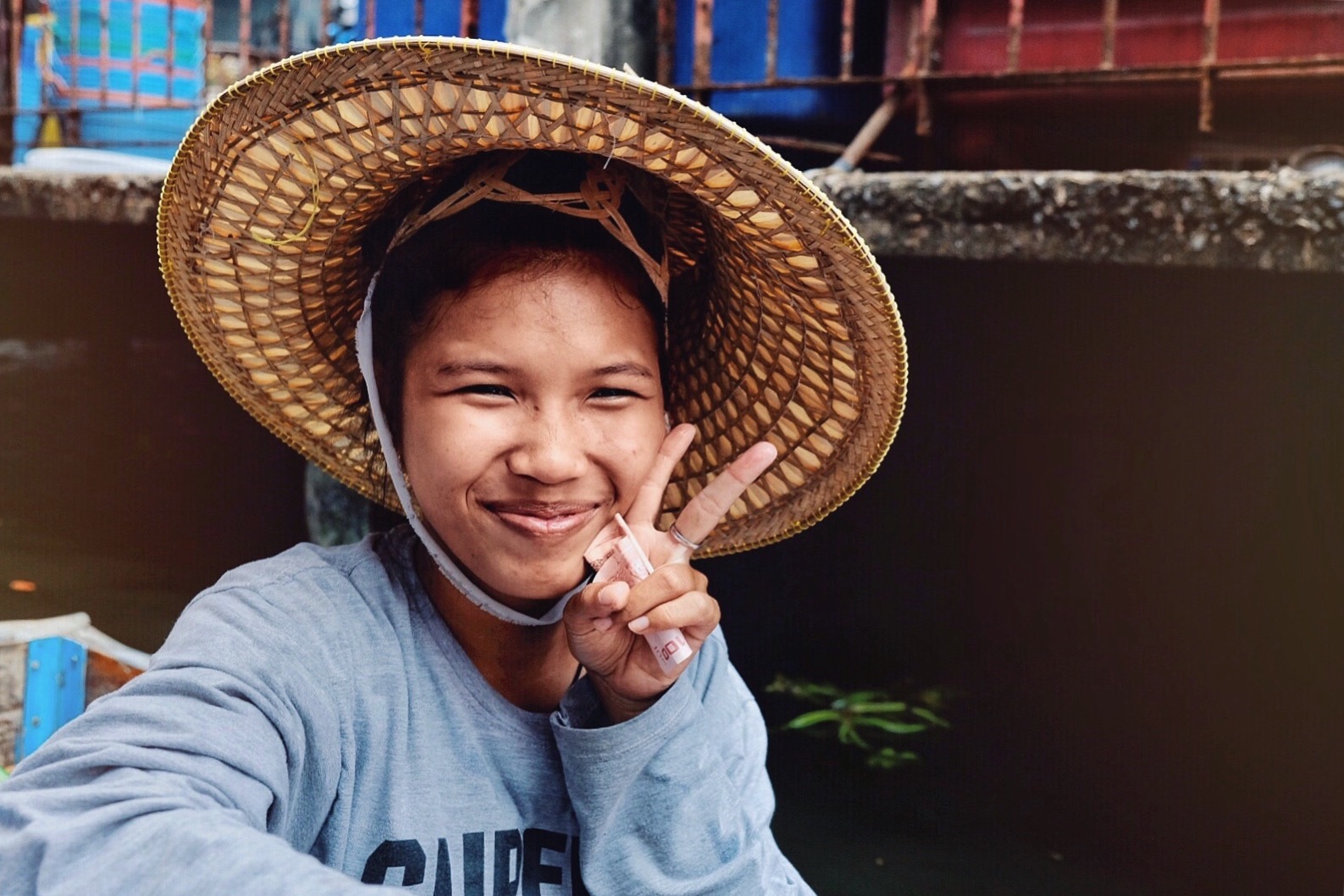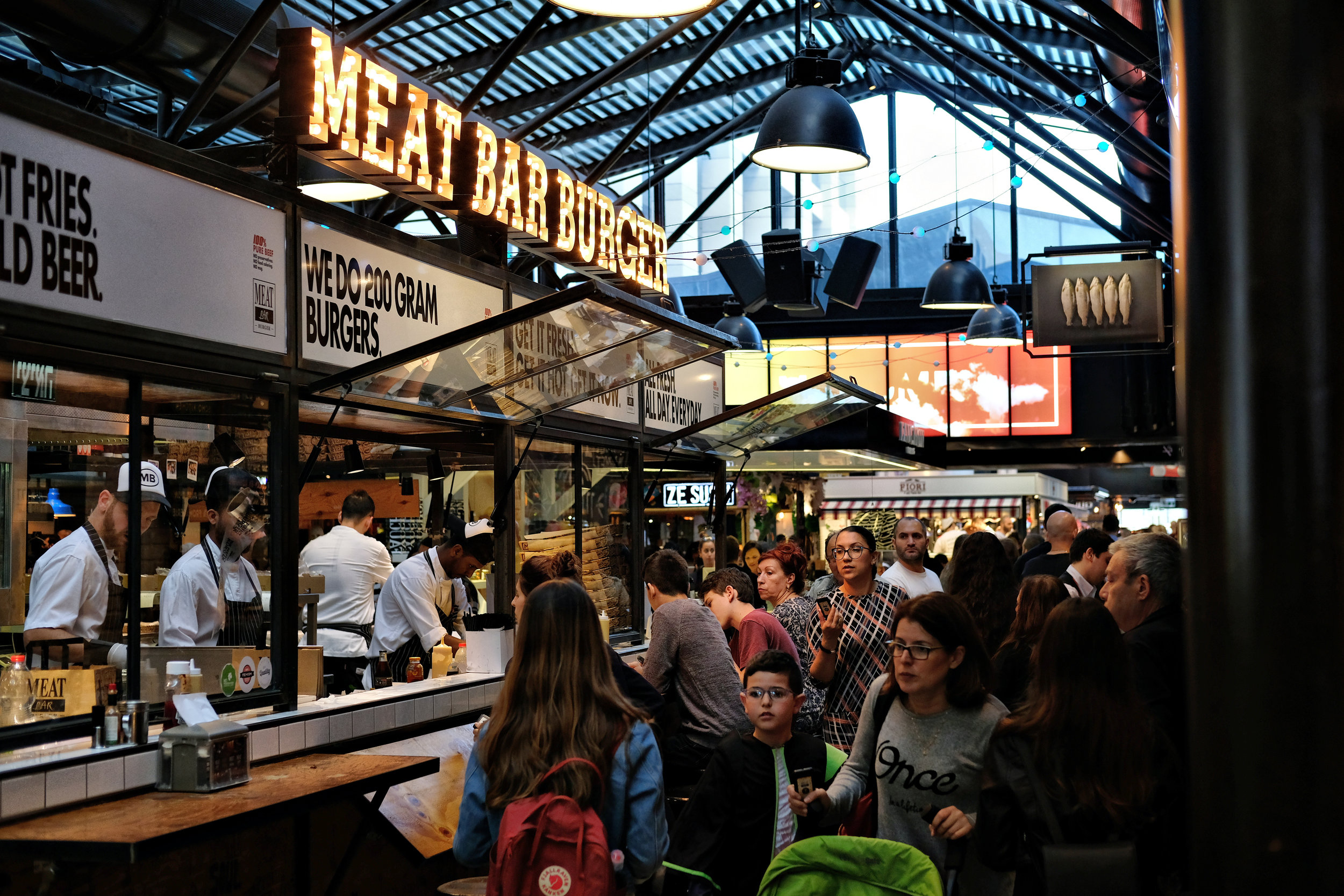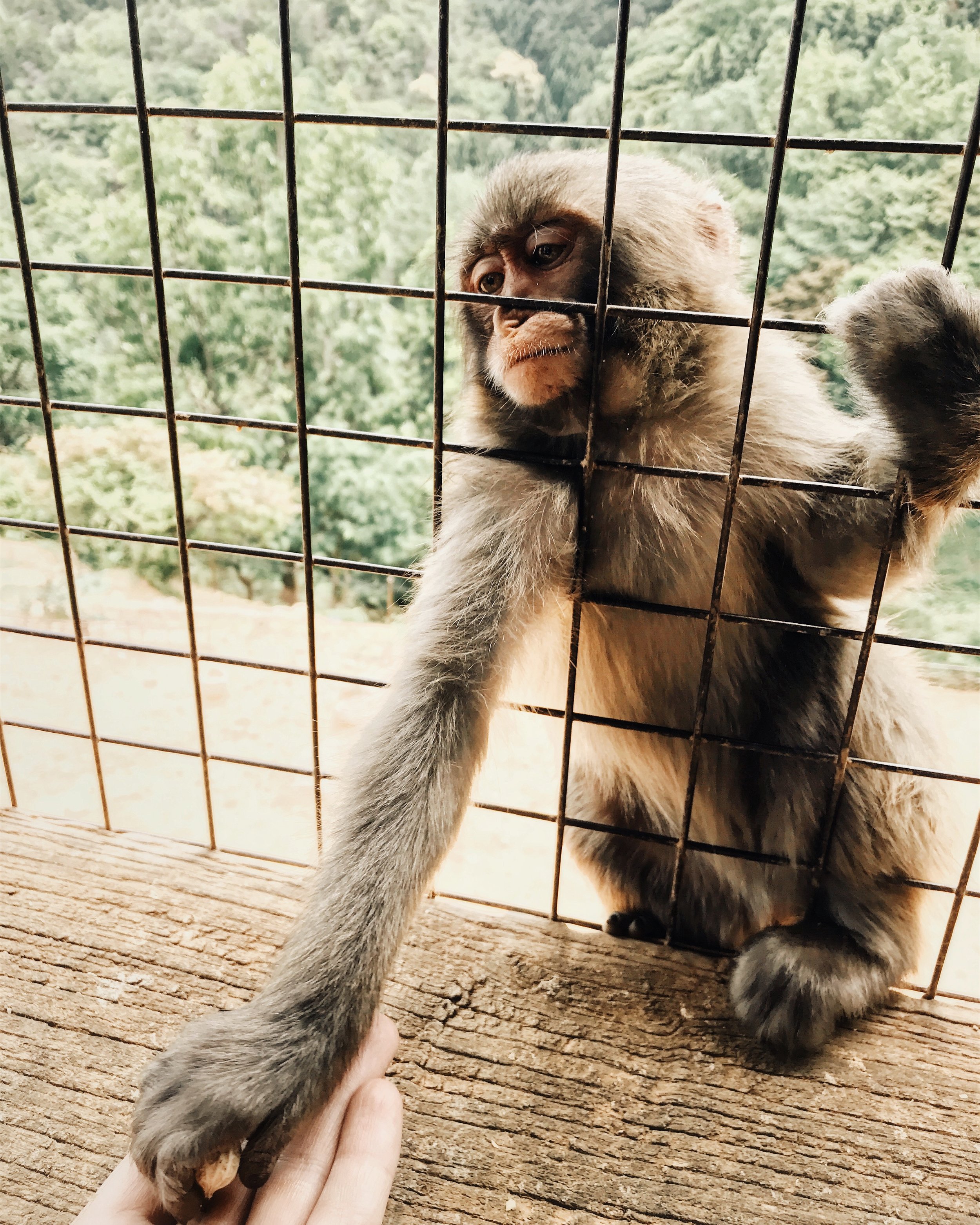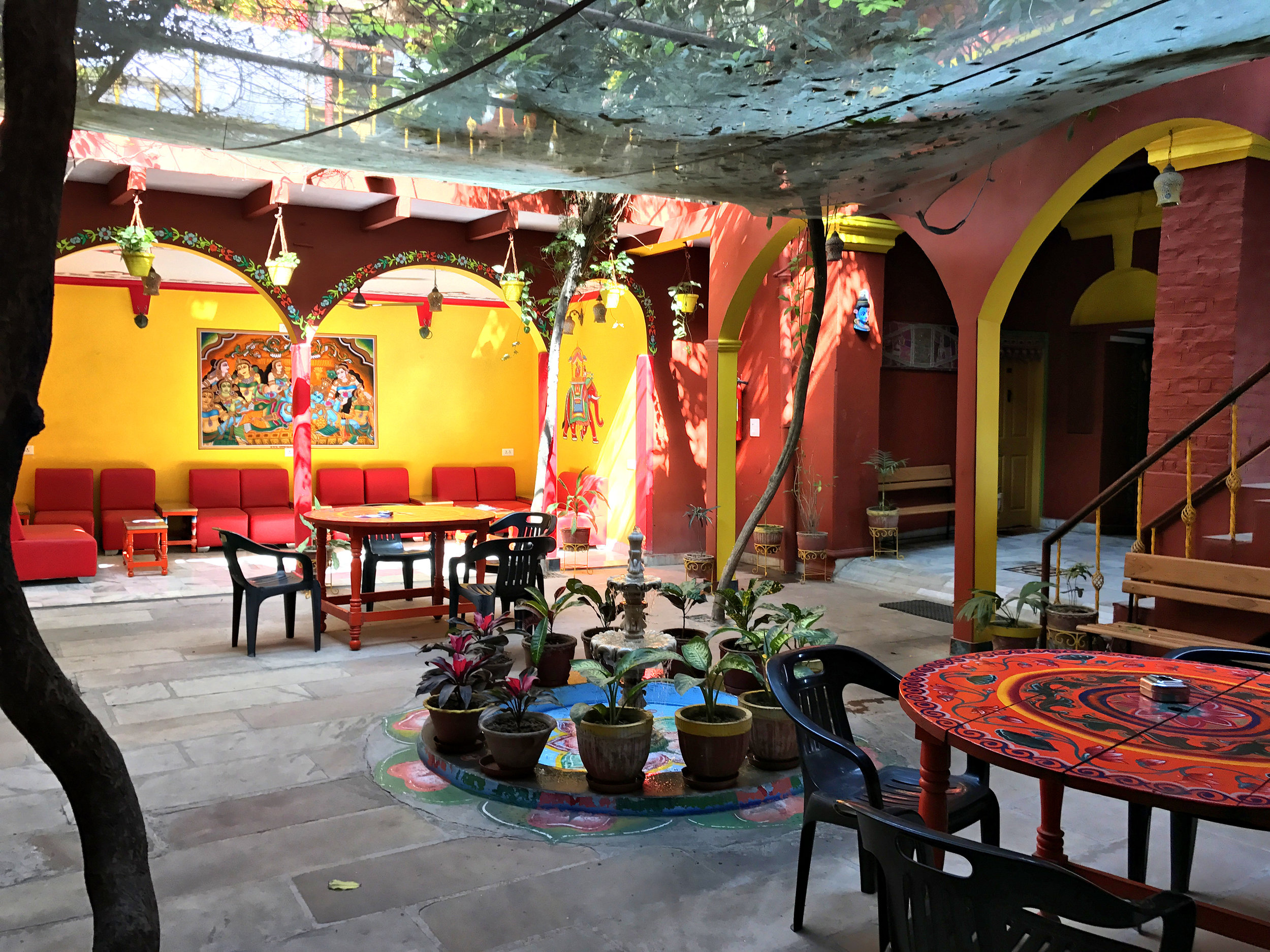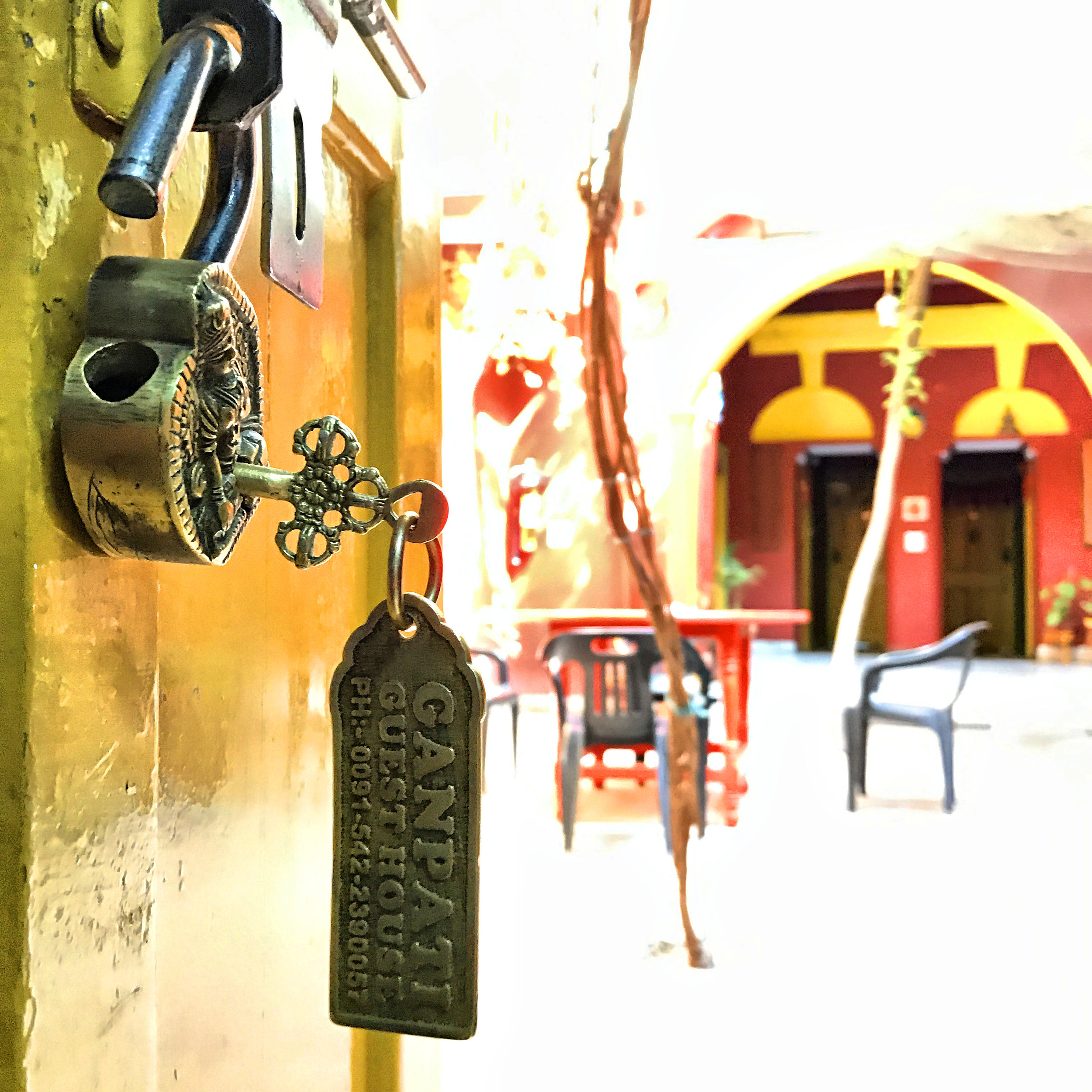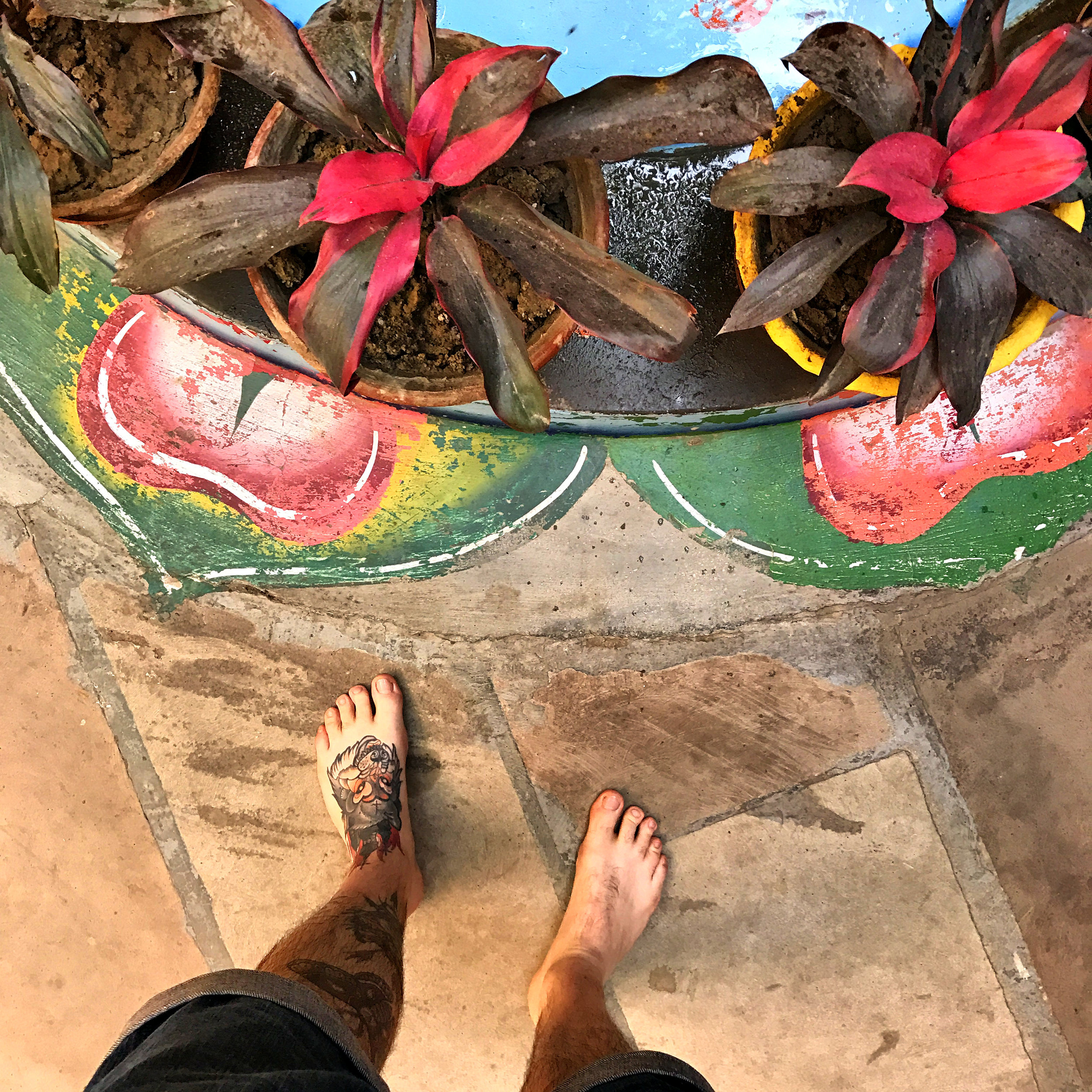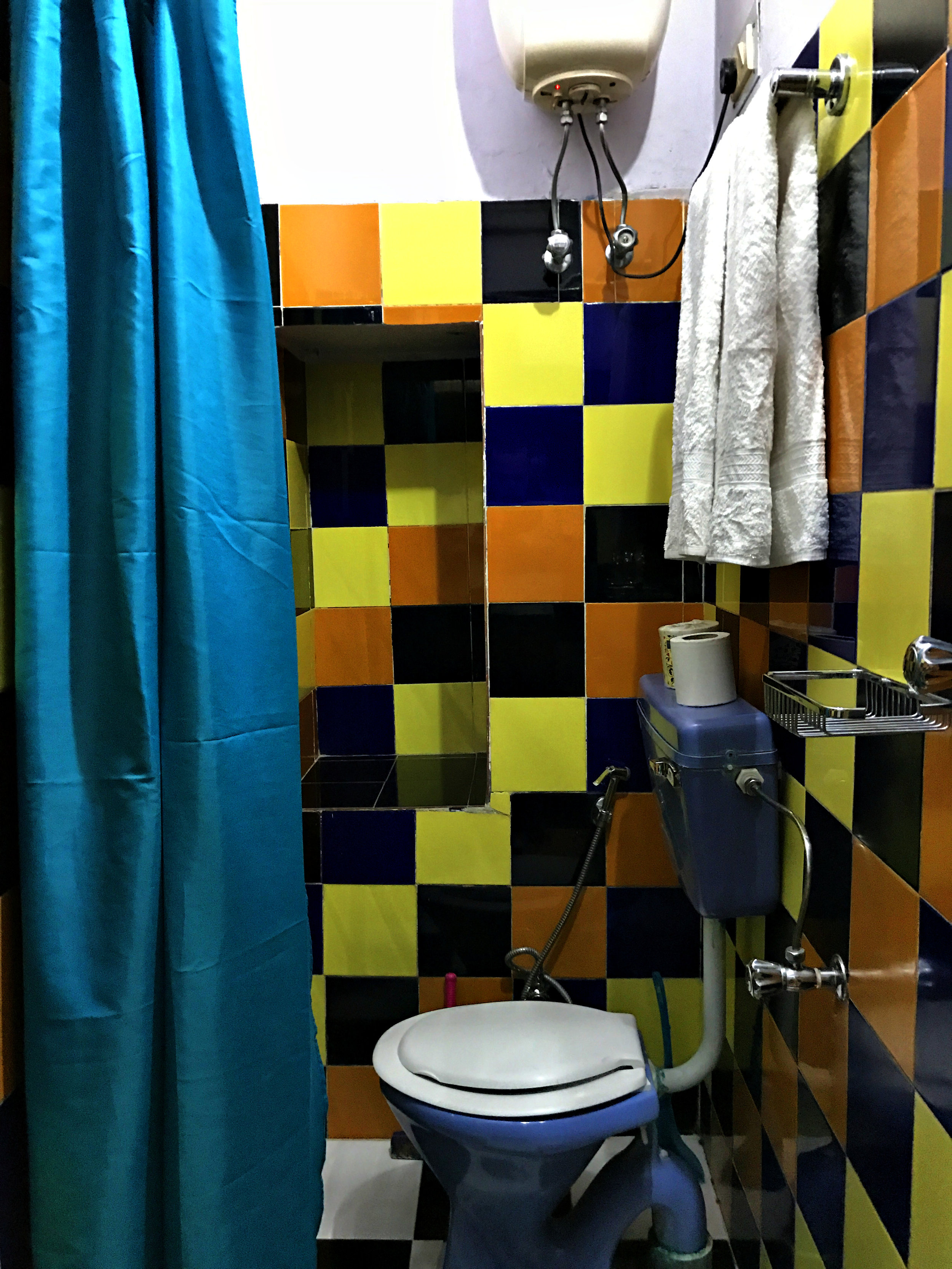We’ve been traveling to Japan in April, and I felt like writing everything down, as soon as we came back home, instead of starting with this post about our trip to Thailand in February. This doesn’t mean that Thailand was less enjoyable.
As always, Bangkok really convinced us with its never ending magic. There are always a few corners in the city that are left undiscovered. This would have been our 6th or 7th time in Bangkok, and still we weren’t bored for an hour.
However writing about your trips and experiences abroad, kinda feels like comparing it to a book or a record. There’s always a right moment for a book or a record, even if you kept it at home for many many years. But one day, it comes up in your head, that “right now” would be the perfect moment to dive deep into it.
And that’s how I felt, writing about Thailand. I’ve already written a couple of posts about our trips to Thailand. I felt like repeating myself with this one.
BANGKOK.
So usually Bangkok is the springboard, where we first land in Thailand, and then move on to the next destination on our journey. It was supposed to be a short trip for only 6 nights in Thailand. It was the first time for us, returning to “Siam” after the pandemic. And also the first time traveling to this country with a kid. Imagine not going to Khao San at night, as we were traveling as parents this time. But guess what, she was all part of it. The binge drinking nights are somehow over, however we still enjoyed some cocktails at the parallel street Rambuttri Road, which is more laid back, and also more quite. But we walked through Khao San at night, and witnessed the madness. Well when we started our first day, in the old neighbourhood Talat Noi, nearby the busy streets of China Town. We opted for a different location, just to change the scenery of our Bangkok experience. We stayed at the Photo Hostel, which was a pretty nice hostel (with private rooms). The owner, who was a dutch expat, and a professional photographer, was very welcoming. Some of his work was hung for display on the walls of the coffee shop. It wasn’t a party hostel. Right outside of the hostel, you could step into a neighbourhood filled with street art. It was old, kinda dirty, but arty. The busy mainroad of Chinatown was nearby, and it was actually the first time we visited Chinatown in Bangkok. It was pretty cool, especially at night, with the all the lit neon signs. A paradise for photographers.
We met up with Vanessa’s parents at our usual rooftop bar (SALA ROOF TOP), which offers a splendid view onto Wat Arun, which is divinely lit at night. A beautiful spectacle to witness, while sipping on your drink. And it was nice to see, how much her parents liked it as well. The view over the lit temples at night is just mesmerizing. Surrounded by such much beauty, the golden and colorful temples, are coming with a hint of spirituality all over the city.
“MUENG BURAN” is an authentic, but still artificial theme park, in a suburb of Bangkok. You are entering the entrance gate of a huge park, where you gotta pay an entrance fee, and you gotta add some bahts to rent a golf caddy or a bike. Yes, you read correctly, a golf caddy. Inside the park, you will have the exact location of ancient temples, and old remaining houses of ancient villages. However they refurbished the buildings, to make them look nicer. However the architecture is still very appealing, even though you might think, that you’ve seen all the temples in Thailand. The park is huge, and you really need a vehicle to make it through the heat, to visit all of the locations in the park. And still we had missed a temple or two. It sounds like a tourist trap, but in my own personal opinion it’s not . It’s artificial nowadays, but still a fascinating place for photographers.
By coincidence, we noticed a photograph of a huge golden budha at the photo hostel. And my girlfriend told me that it must be in Bangkok, which I didn’t believe, as I was supposed to have witnessed most corners in Bangkok. We asked the owner of the hostel, and he approved that the photo was shot in the city. It’s a new buddha statue, that they finished only a couple of months prior our trip. It’s huge! And is located right in the middle of the city, surrounded by a poorer neighbourhood.
The worshipping place is free to visit, and it’s actually a cool trip to walk through the small local village, until you reach the buddha statue. At least calculate 2-3 hours for the whole experience. On our last day, we went to the mandatory stop at Chatuchak weekend market. We also visited its beautiful park, guess the name, Chatuchak Park.
The only tourist trap, we had experience must have been "Asiatique The Riverfront", which is supposed to be a night market, next to a harbor. It attracted a fancier kind of crowd. The restaurants were rather a mix of local and international cuisine. Half of the shops were empty, high probably due to the pandemic. Asiatique Riverfront, might be one of the few things that you can skip in Bangkok, or just don’t expect too much when you get there.
PHUKET.
Phuket is one of the few cities, where people will give you an eye-rolling look, when you’re mentioning the city’s name. It used to be one of the major tourist hot spots of Thailand, a city were you would encounter many wild British and Russian crowds. A friend at work, however told me that he enjoyed Phuket a lot more than Kho Samui, as there would still be untouched corners on the island, that would be quite beautiful.
As for myself, I was more attracted by the city center, as Phuket Old Town looked quite photogenic, as far as I could tell from the google-search images. Was I dissappointed ? Not by the look of the city center, however rather about the size of the town. It’s majorly only 4 blocks, and it takes you less than 1 hour to just walk around the main corners. There’s really not much going on. Foodwise, it is way less appealing than Bangkok, everything has been adapted to mass tourism. There are a few small & cosy restaurants, but you can count ‘em on one hand. So you can really do everything that is located in and around the city center, in 1 day. The “Chillva Night Market Phuket” included. As we weren’t visiting on a weekend, we missed the Phuket Old Town Market. The Chillva Market was a nice alternative, to at least witness the busy thai nightmarkets, while being in Phuket.
On our first day we bumped into our driver, whose name was Ake. Considering the prices of the rental cars, and how much he would charge us for being our driver for a whole day, we opted for the second option, so we wouldn’t have to worry about driving home at night, or driving back home while being super tired.
Did we do any special out of line…no the usual things you would do as a tourist, however we enjoyed doing them and discovering the island. Among the main spots that we visited were:
The Chalong temple
The Big Buddha
Ma Doo Bua Cafe
Nai Thon Beach
Samet Nangshe
We do appreciate visiting thai temples, as they are often quite beautiful, and somehow we don’t seem to get tired of worship places. Especially the thai temples, that are super colorful, adorned with golds and sparkling stones. The Chalong temple enclosure regroups some worship buildings with lots of greens and palmtrees around it. Stopping by to walk around for 30 minutes, won’t be a waste of time. Definitely a must see, while in Phuket.
The Big Buddha is the most popular landmark in Phuket, due to its size, and easily recognizable from afar. The first big buddha statue I ever saw, was the one in Hong Kong. Both seem to be very similiar as far as I can remember. The one in Hong Kong is nicer though, due to its location and surroundings. But while in Phuket… it’s definitely on the to-do list.
Ma Doo Bua Cafe, became a favorite spot among the tourists, and it’s actually just a restaurant. From the outside it doesn’t look that appealing, however the backside of the restaurants reveals a unique photospot to take some instagram footage. There’s a big pond, with huge lotus leaves, and obviously you gotta stand in line, to wait for your turn for taking some photos of your beloved ones.
Our food for lunch was great, the restaurant is beautiful on its own, and you get a very nice view while sharing some dishes. We didn’t regret waiting in line for 20-25 minutes waiting for a free table. If I remember correctly, you only get the chance to take some photos, if you get a free table at the restaurant.
The distances to drive, aren’t short ones. As we were heading towards Samet Nangshe, which is located outside of Phuket, further north, we decided to stop by at the Nai Thon Beach. It was quite a nice, and much less crowded than Koron Beach, the first one we visited. We enjoyed the refreshing dip into the ocean, while Ake was waiting for us, to take us to our last and most memorable spot in Phuket.
Samet Nangshe, could be considered as the Halong Bay (Vietnam) in Thailand. Except that you don’t need to jump on a boat, and drive away from the coast, until you get to the main spot of the rocky bay. Samet Nangshe’s Viewpoint is located on the mainland. However you need to jump onto a special "4x4 SUV” that takes you to the viewpoint, as the roads are crazy steep. Maybe you could walk there, however it’s not reachable with a normal car. Reaching the viewpoint, you’ll notice that it was worth it, driving almost 90 minutes to reach Samet Nangshe. As for myself, it was my favorite spot among the sightseeing we did in Phuket.
And after a planned out day, we were glad that we didn’t have to drive all the way back to our hotel, thanks to Ake.
On our last day in Phuket (we only stayed 3 days), we decided to do some last shopping and walking around Old Town, until we would be heading back to the airport in the evening.
Getting back to the airport can take easily more than an hour, depending on the traffic.
Phuket was enjoyable. Would I recommend it, yes, without a doubt. We’ve been in Krabi before the pandemic, where we stayed in Ao Nang. Ao Nang was less appealing than Phuket. The coolest part of Krabi, was the boat ride to Phi Phi Islands, and spending a night there. Phi Phi Island is also reachable from Phuket. I guess Phuket would be more enjoyable, if you rent a scooter, and discover the surrounding on your own. While writing this post, I had to correct myself numerous times, because I wanted to describe Phuket as an Island, however it’s reachable by car from the mainland so it still belongs to the mainland of Thailand. However Phuket definitely feels like being stuck on an island.
Would I turn back to Phuket? Probably not. As there are still so many places left to discover in Thailand. And the only thing that bothered me in Phuket, were the distances you had to drive to get from point A to point B. Nothing is really close. That was the only downside.
In the end we enjoyed getting back to Thailand, for the first time after the pandemic, and we made the best out of our 7 days. Especially traveling with a kid. And we figured out, that Bangkok is still more fascinating than some of the “islands”. Can’t way to get back to Bangkok anytime soon.








